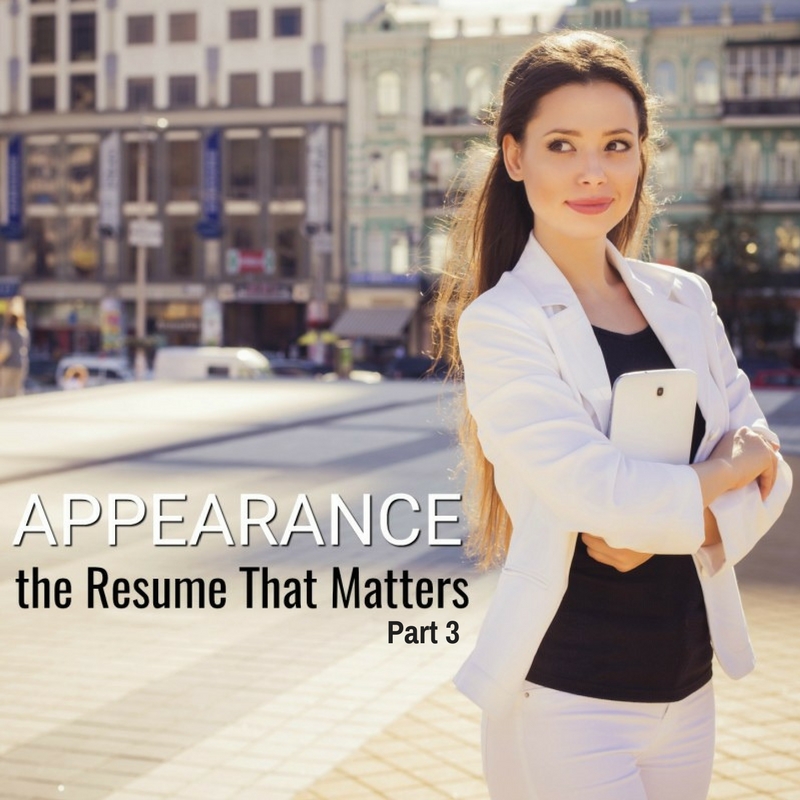
Welcome to part 3, the final instalment of my Appearance series on how to create a positive visual impression at work.
This time I’m primarily concentrating on color and accessories.
Color Up for Authority
Color-Up for Impact
- Clear colors are crisp, clean colors which show no signs of grayness/dullness. They create an image of mental clarity, vitality and action.(A)
- Grayish/dull colors (especially those which are cool) can create a perception of mental dullness, passivity, low energy and mature age.(B)
- Warm clear colors are seen as friendly, happy, energetic, youthful and playful. (C) Wear sparingly to work.
- Cool colors (the darker the better) are generally perceived as trustworthy, reliable and professional. (D)
- Feminine colors such as pinks, lilac, yellow can diminish authority (E), while colors traditionally associated with men generally provide authority e.g., black, charcoal, navy.(A,D) Avoid mid greys if you are over 50 as they tend to make you appear older.
- Warm dull colors are emotionally reassuring however, they can also be perceived as low energy or passive. (F)
- Bright, vivid or intense colors raise energy and enthusiasm and/or increase tensions depending on the color and situation. (G)
Color Hierarchy
Being savvy about what colors to wear to work will help ensure you create the impression you’re after.
Traditional Business Attire: White has long been considered the most professional color for business shirts. Next in line are the light/icy shades of blue, lilac and pink which are the most recognizable formal business colors (stars in Tradition business row). Wear solid white when you wish to create the most serious/formal impression.
Business Casual colors are led by mid to dark blues and purples (stars in Business Casual row) and followed by mid shades of pink, orange, yellow and green. Bright, unusual colors not commonly associated with seriousness are best left for after work hours.
Prints and Patterns: For stripes and checks the background color should be considered first for its level of authority followed by the color of the stripes. Also, the narrower and closer together the stripes the more business like your image will be.
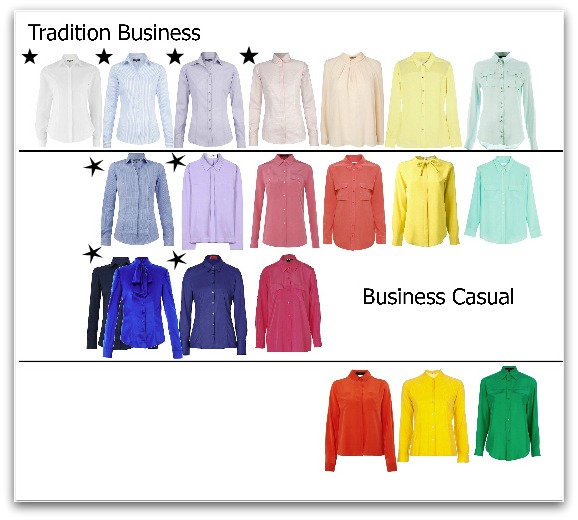
Contrast for Attention
Another important aspect of color is its ability to subtly solicit attention. The contrast level of an outfit is created between the colors you are wearing and will be in either a high, medium or low. In the case of you wearing one color i.e., a beige dress, it will be between the dress and your skin (low contrast if you have light to medium Caucasian coloring). The higher the contrast the more the brain will be stimulated to take notice. Knowing how to manage this secret weapon can give you a real advantage.
- High contrast is created by strong light/dark or bright color combinations; the kind that make you want to say WOW. Depending on the colors this contrast can have you being perceived as authoritative (think 80′s power dressing) or eccentric. It will definitely wake the brain and have you being noticed, but is so loud/strong that it can tend to make others stand back rather and observe rather than to interact with you.
- Medium contrast is created when the color contrast comes from colors that are lighter and darker than each other while being easy on the eye. This level of contrast is professional and people friendly, think navy and white. This contrast will have you noticed, listened to, taken seriously while remaining approachable.
- Low contrast is created when different colors of the same or similar depth are combined. This soft look tends to be perceived as elegant and sophisticated when rich or dark colors are combined and passive, casual, aging or bland when light colors are coordinated together. If the colors are also close to the depth and of your skin the effect is multiplied. Imagine a dark skinned woman in the navy and black outfit. Low contrast is so quiet it can place you into visual incognito, as such it’s brilliant for observing and letting others take the lead, but when you want to take the reins or be noticed, listened to or taken seriously it’s not the way to dress.
It’s also important to mention that wearing colors that suit your personal coloring is also something to take seriously. The right colors will enhance your skin, hair and eyes, invigorate youthfulness and seriously increase your attractiveness. Image Innovators have many consultants who can help you discover your best colors.
A Touch of Spice is Nice
- By the best quality you can afford. Quality over quantity – your accessories should support your image.
- Your face is your fortune. If you add several accessories ensure the one near your face is the most dominant.
- Ask yourself, ‘does this accessory say polished professional?’ If it doesn’t or you’re in doubt, take it off.
- Limit yourself to 3 visual focal points. More than this and you’ll be in danger of looking too ‘busy’ for businesses.
- Learn how to accessorize – there are lots of great blog, books and YouTube videos to learn from.
- Hand carry as few things as possible to avoid looking clumsy or disorganised. Avoid backpacks.
- Handbags: The more structured and polished the bag the more professional you’ll appear.
- Earrings: understated, classic and no larger than medium-large.
- Shoes: the most professional are – at least medium height, leather with a closed, tapered to pointy toe.
- Belts: medium to narrow, classic style, understated buckle and leather.
- Watch: classic style, non-bulky, leather or chain strap.
Be Current, Be Clever
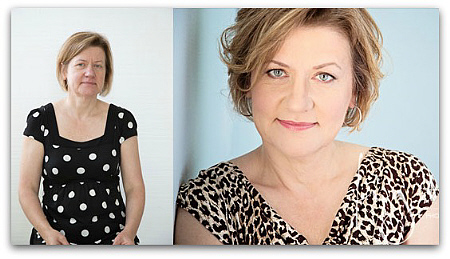
Say What?
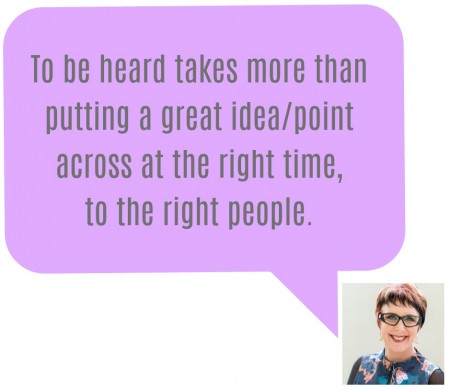
- strong perfume
- ornate/large earrings and rings
- jangling bracelets
- low cut necklines
- very short hemlines
- visible tattoos
- dark lingerie under light colored clothes
- food stuck in teeth
- weird/inappropriate makeup or hair
- wardrobe malfunctions eg., fallen hems, bra straps, buttons missing, clothes straining or gaping
- inappropriate clothes i.e., for weight, age, occasion, people present etc
- anything out of the ordinary e.g., an earring missing from one ear
- Before any important meeting where you need to be seen and heard take a last minute full-length look at yourself to check everything is as it should be.
Turn Offs
Similar to distractions, though potentially much more costlier to an individual’s career, is the creation of the perception that a person lacks a degree of self-awareness and/or sensitivity for others. This conclusion having been made from an individual’s experience of the way they dressed, looked or behaved in a given situation. While most of us live in countries where we are blessed with the right to dress and behave as we please (within the limits of the law). This privilege will backfire if the person is considered to be a maverick that cannot be totally trusted to dress or behave within social norms at important times. We may love them as friends or peers but their ‘loose-canon’ personality will cause us to exclude them from participating in important events.
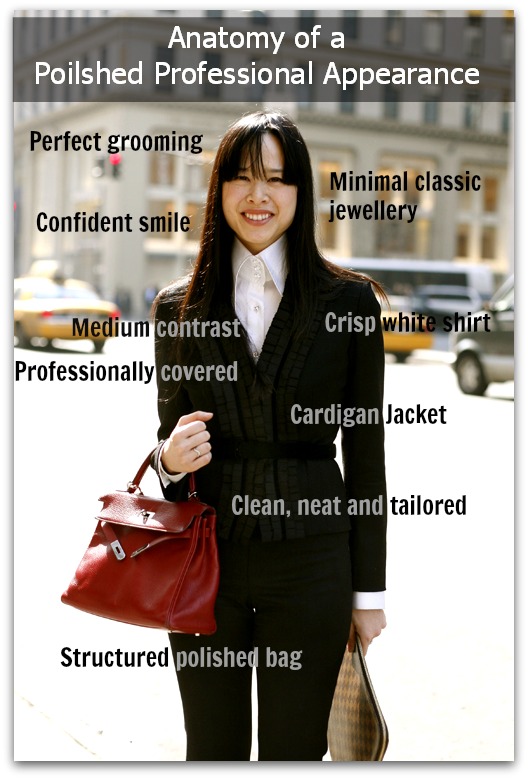
If you enjoyed this week’s feature
please like it on Facebook or Instagram
or leave a comment/question below.
Thank you.
Ann Reinten AICI CIP
Author
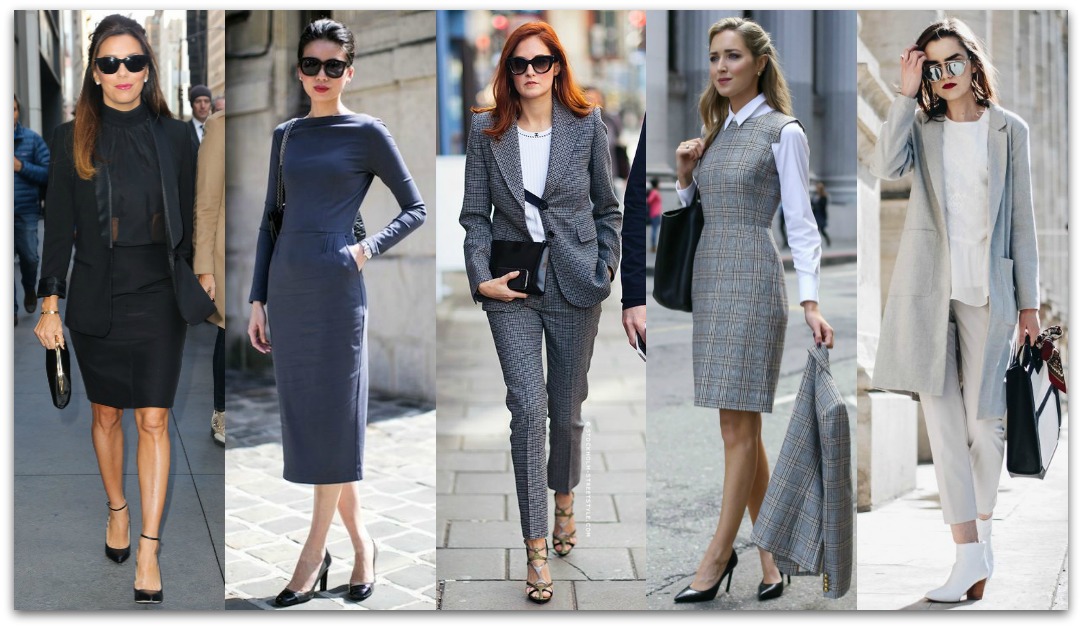
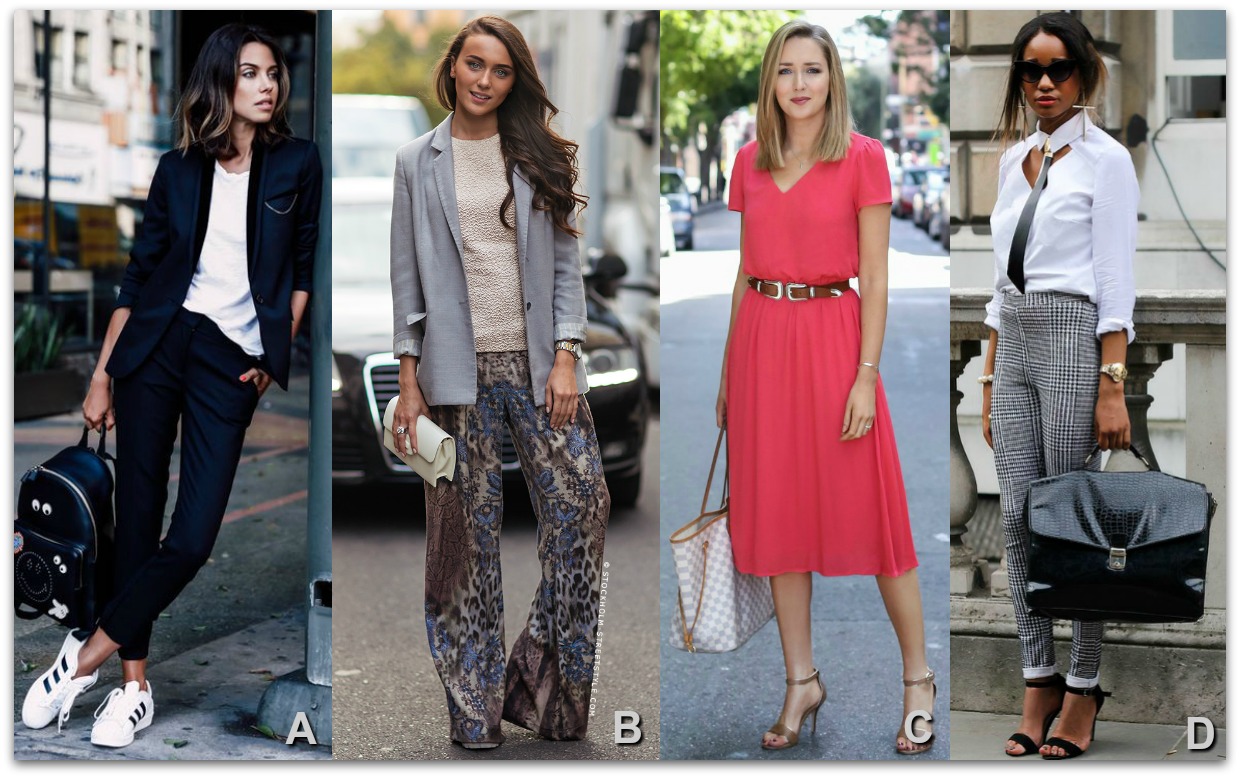
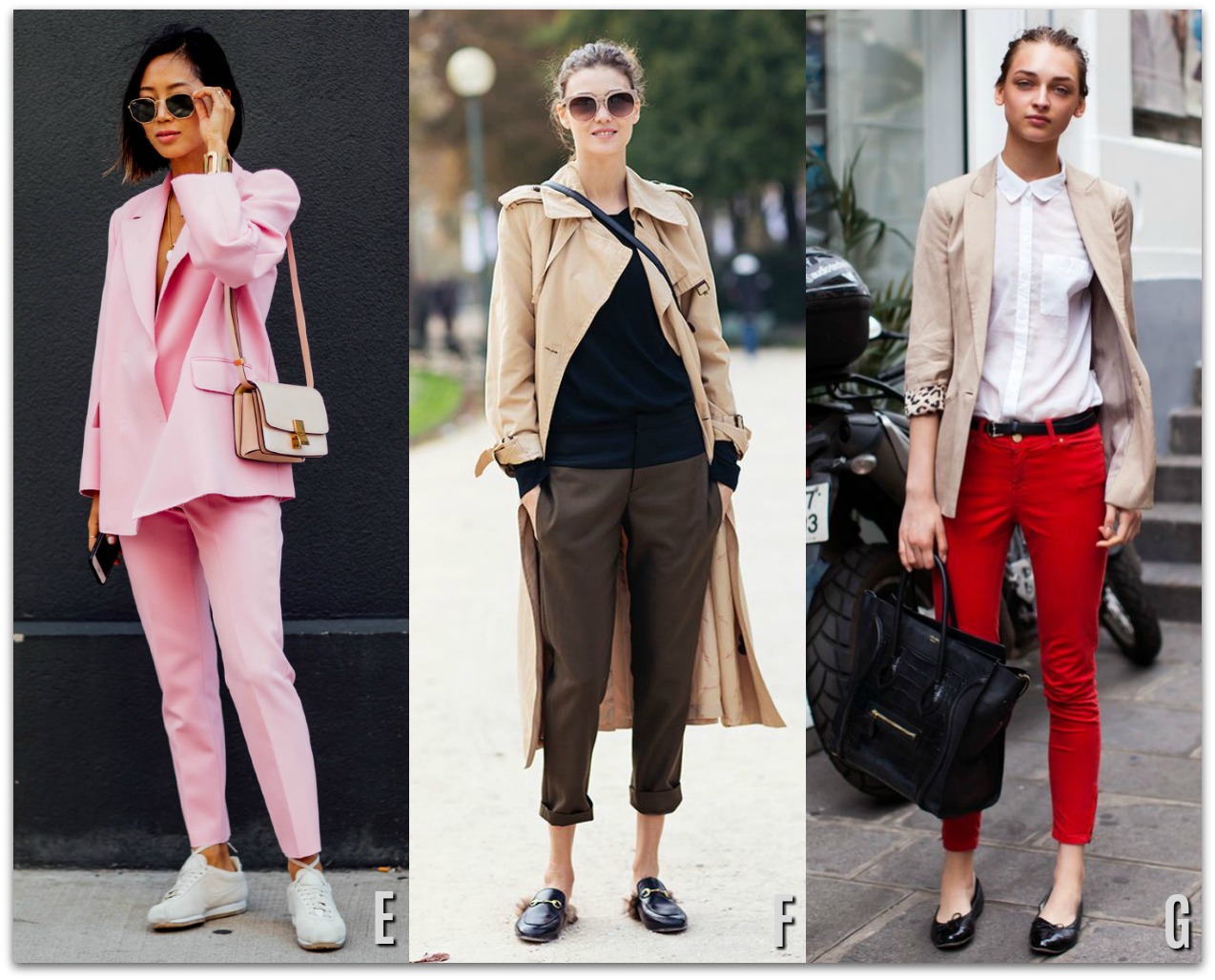


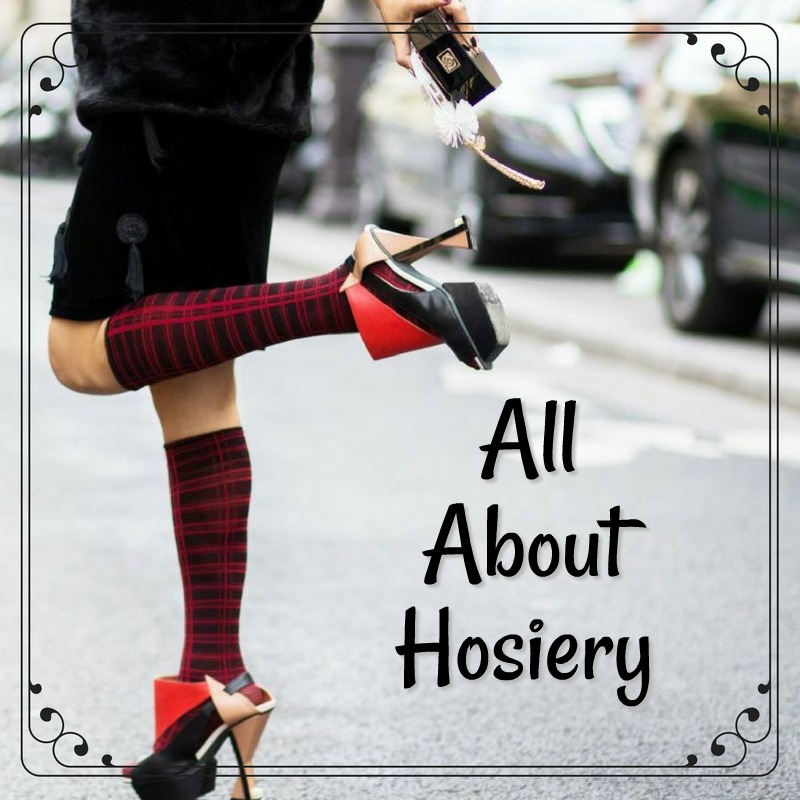

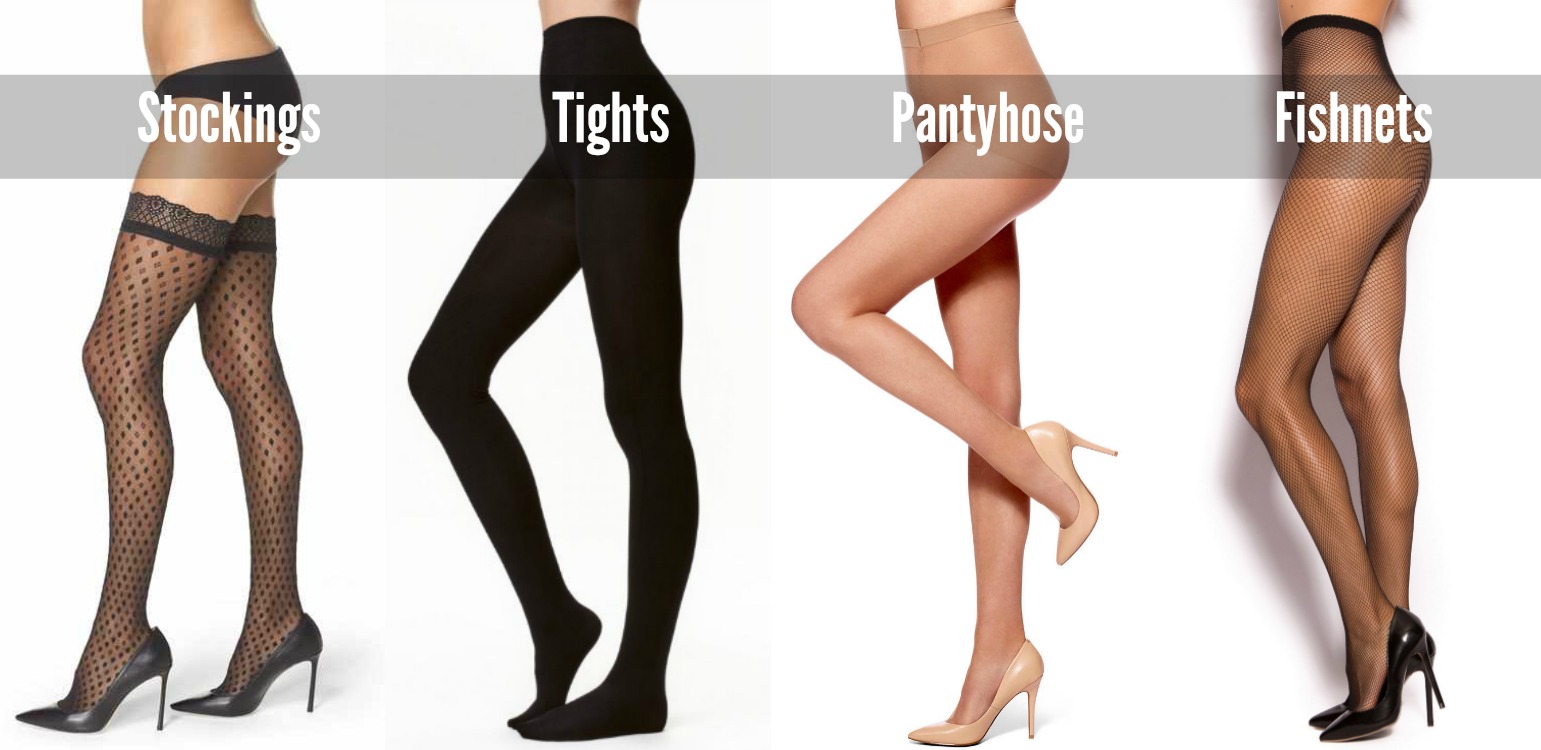
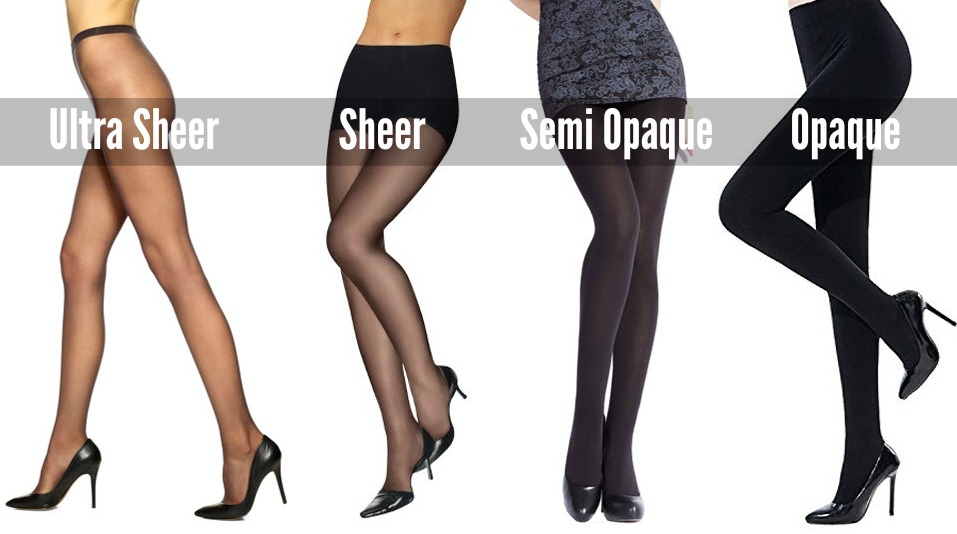
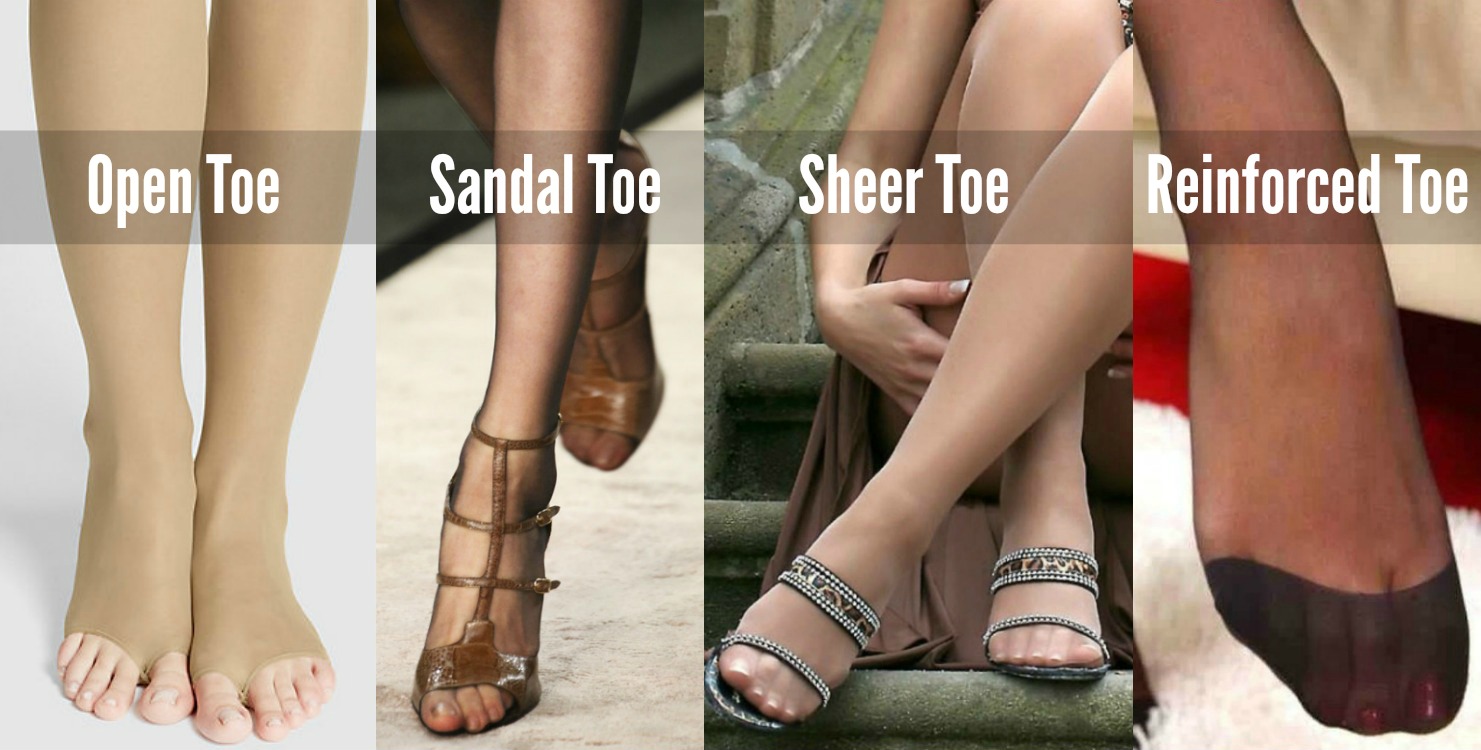
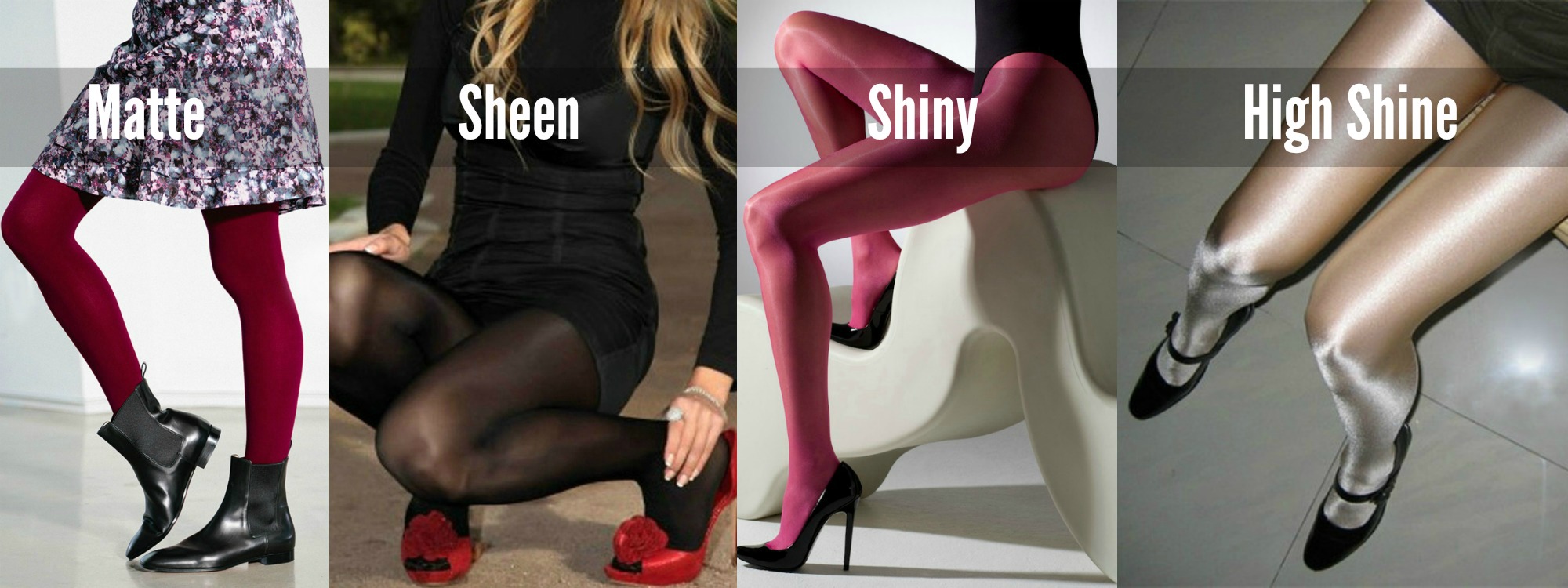
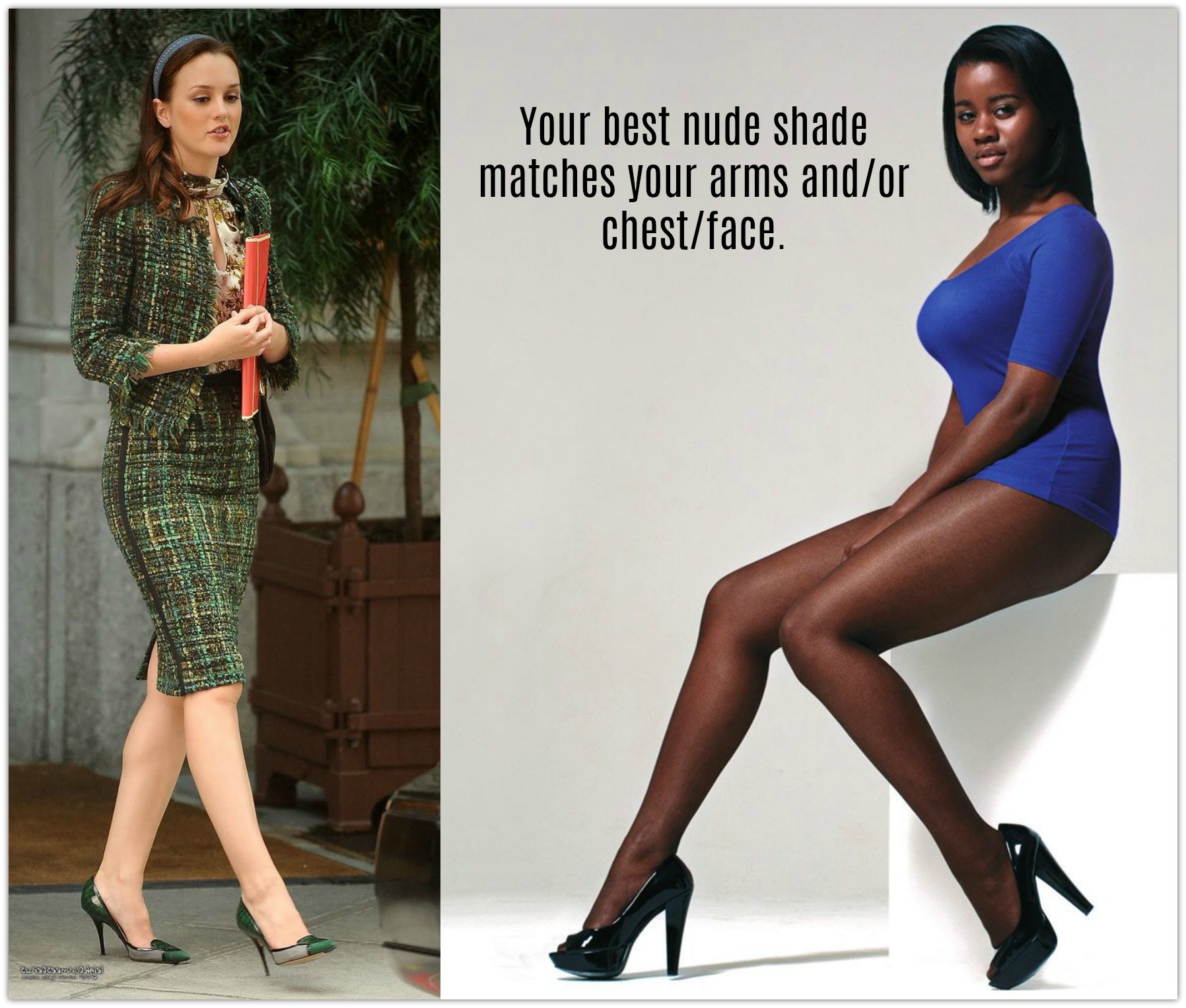
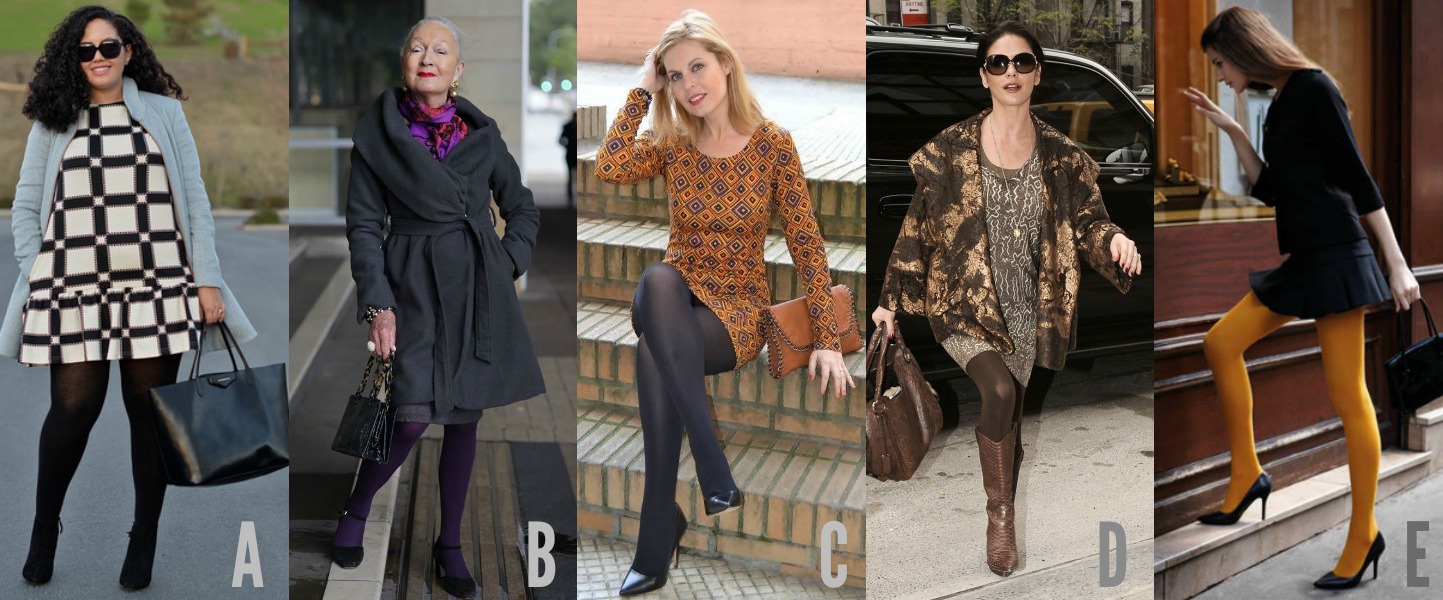
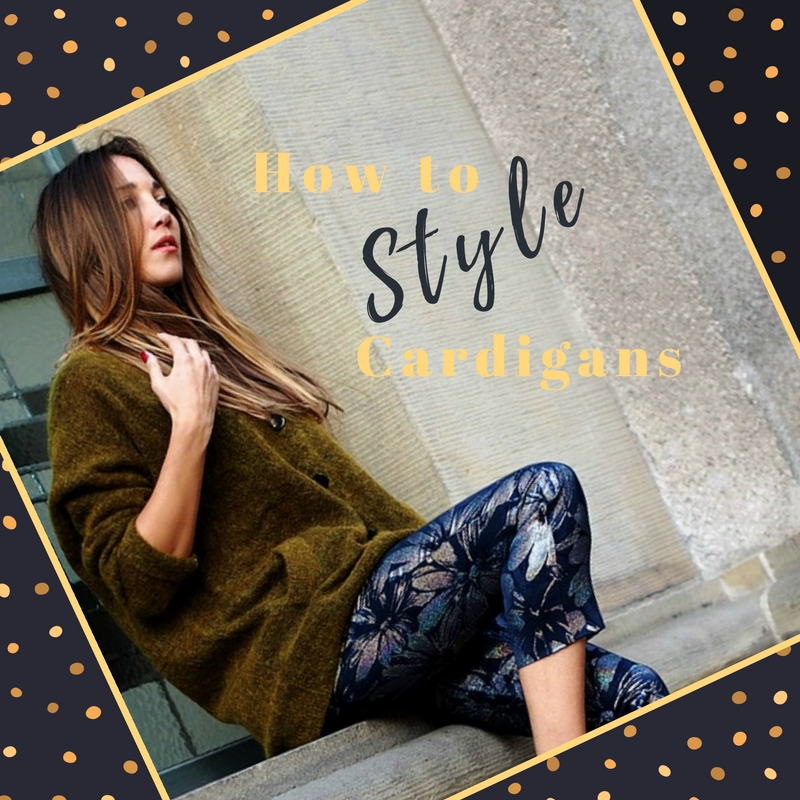
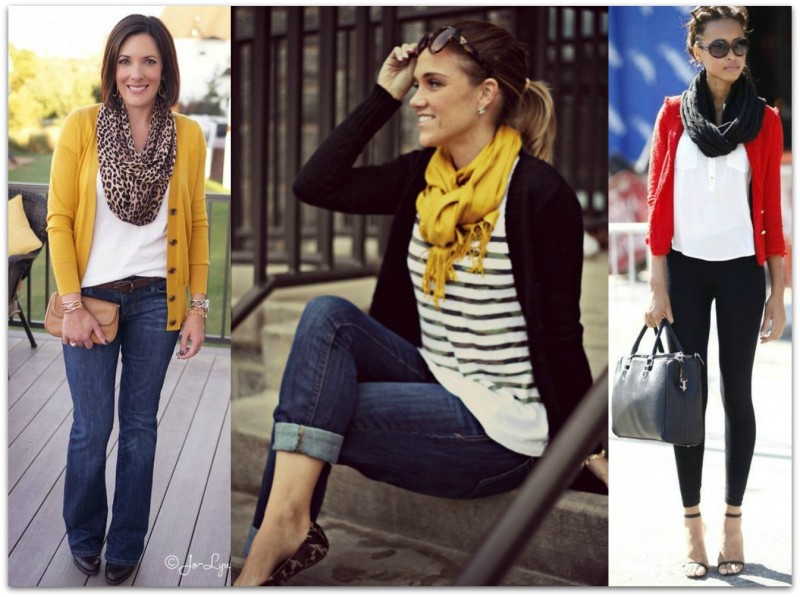
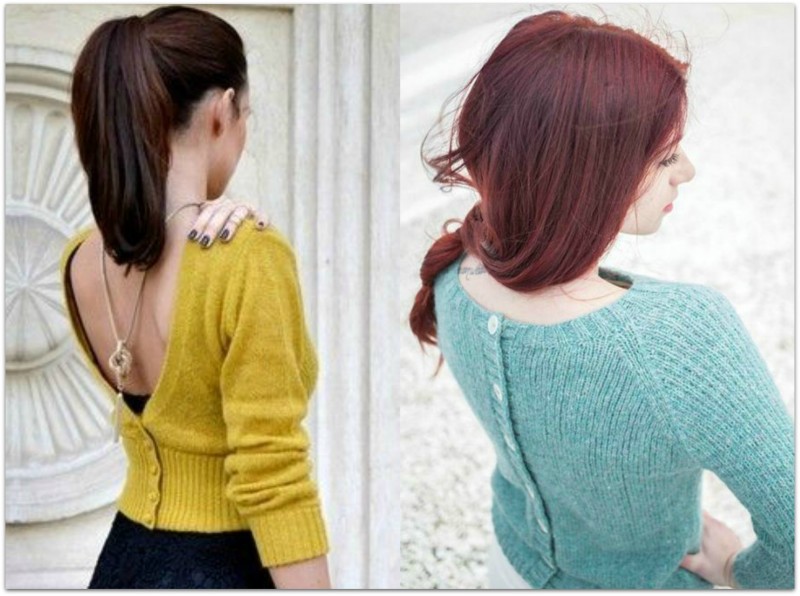
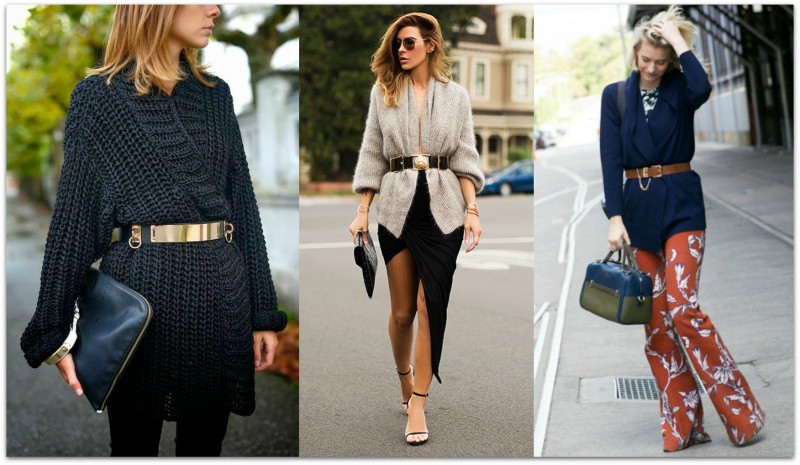
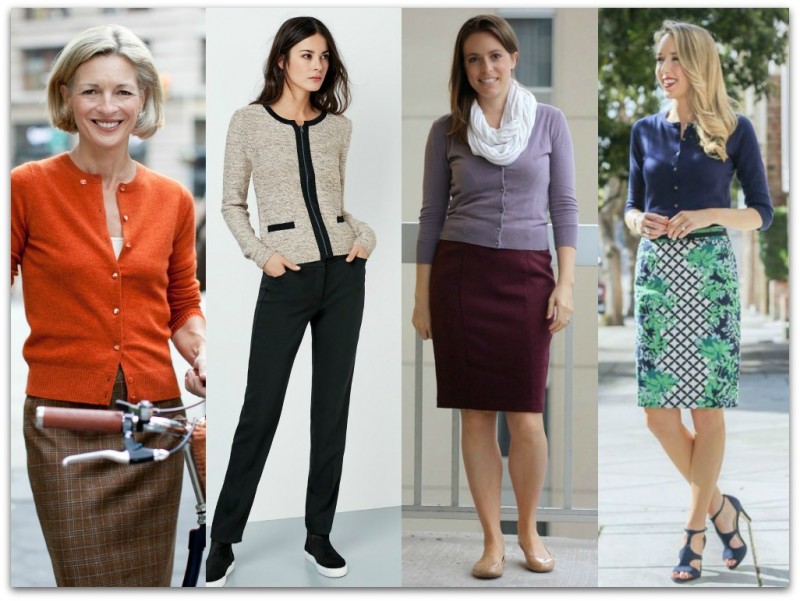
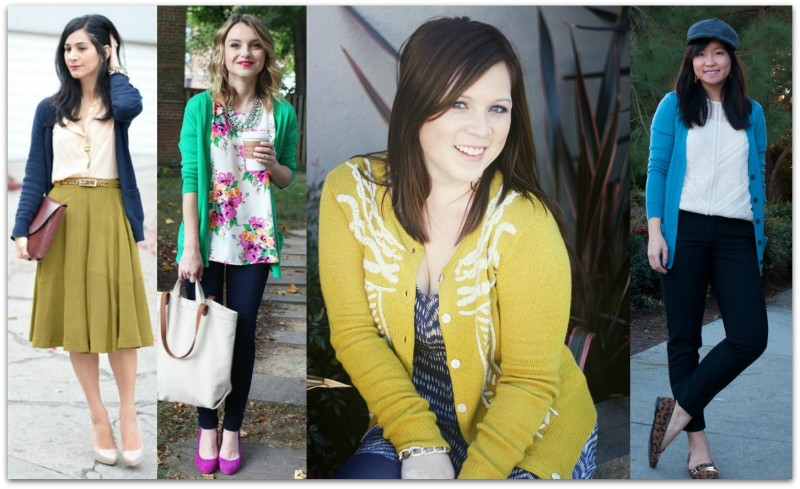
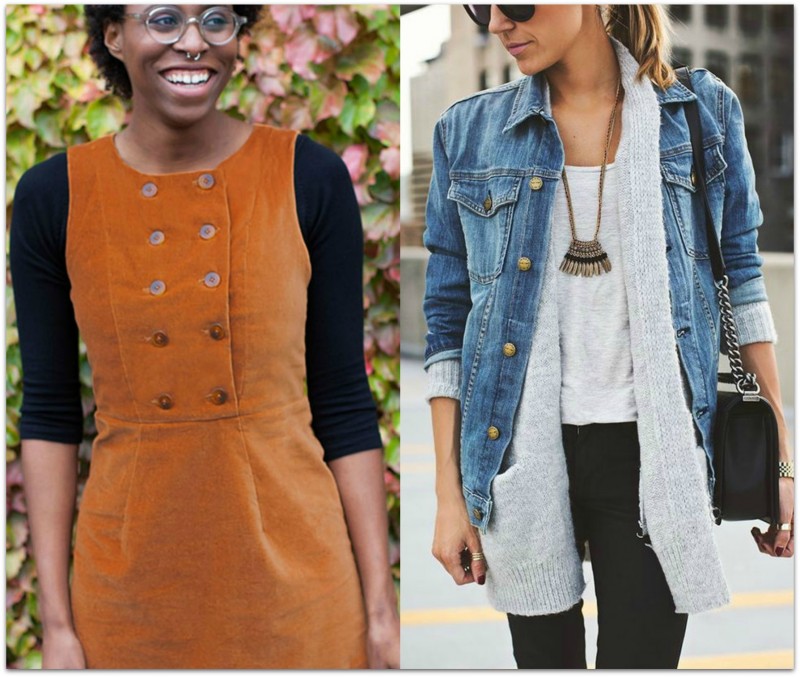
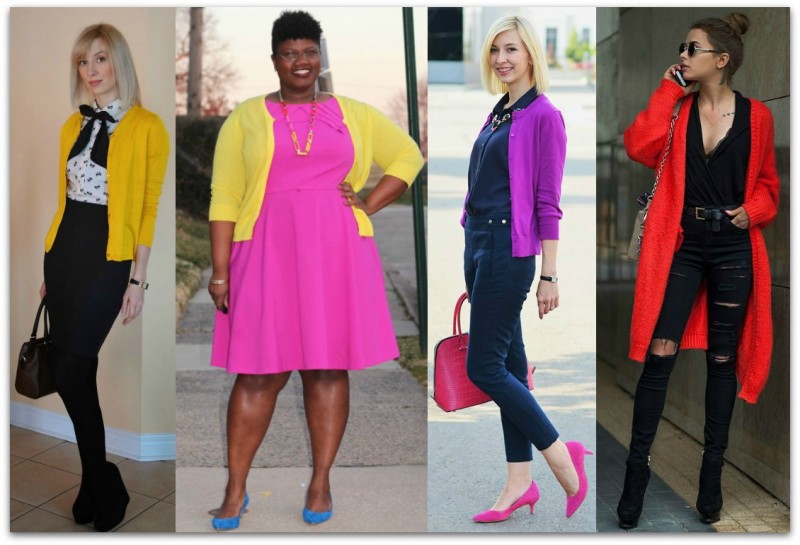
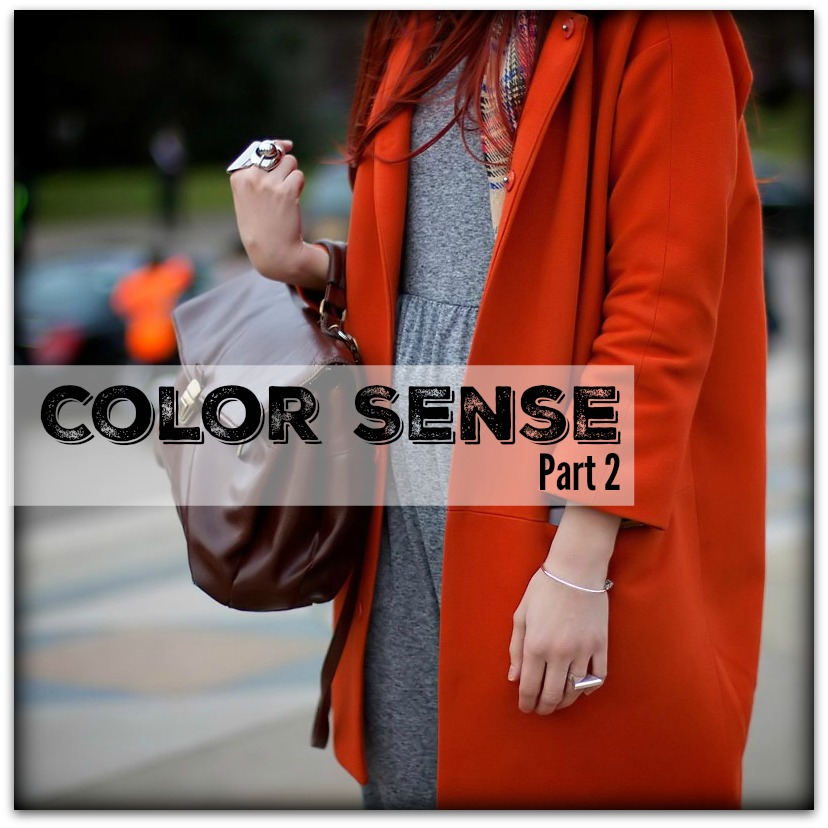

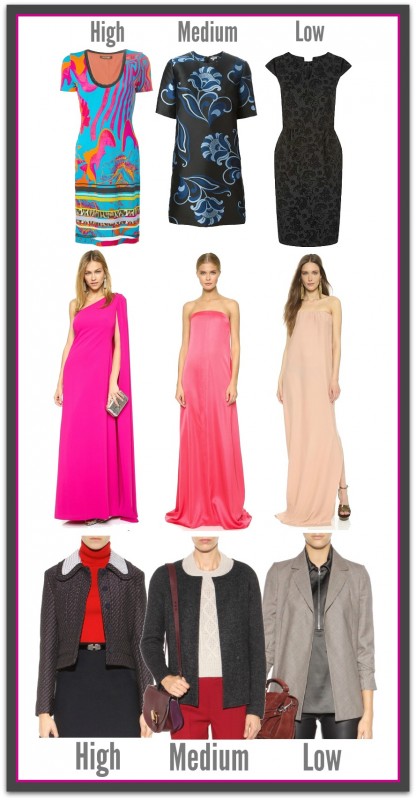
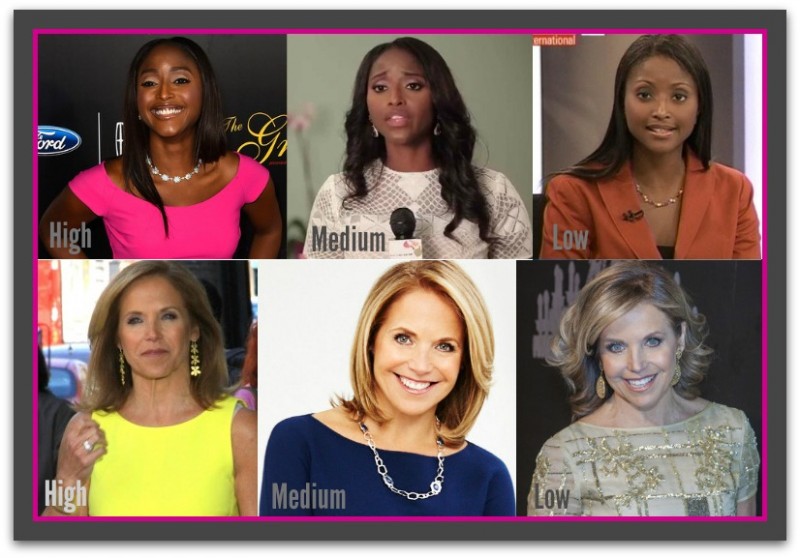
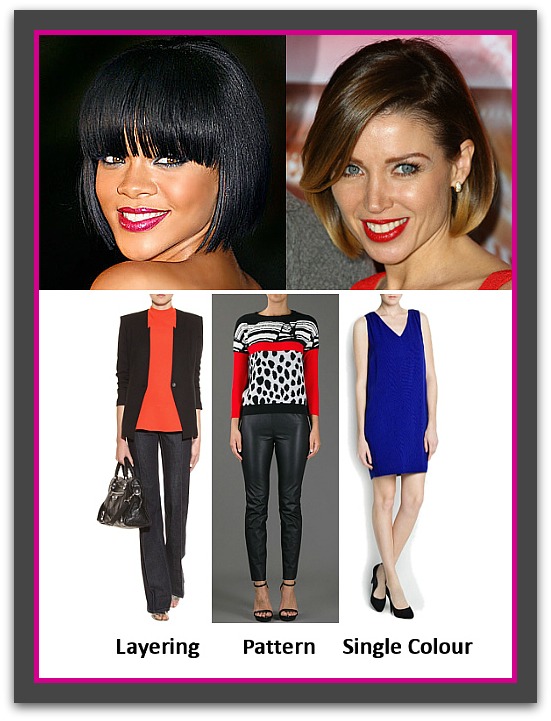
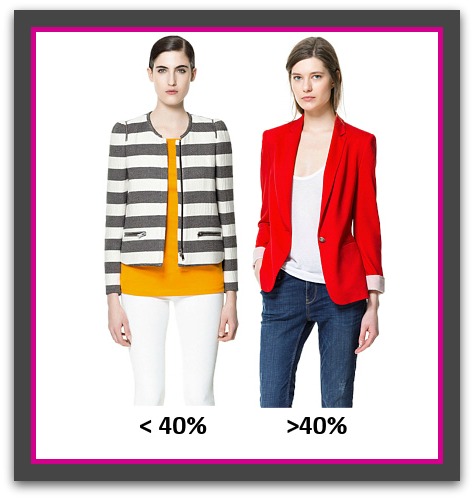
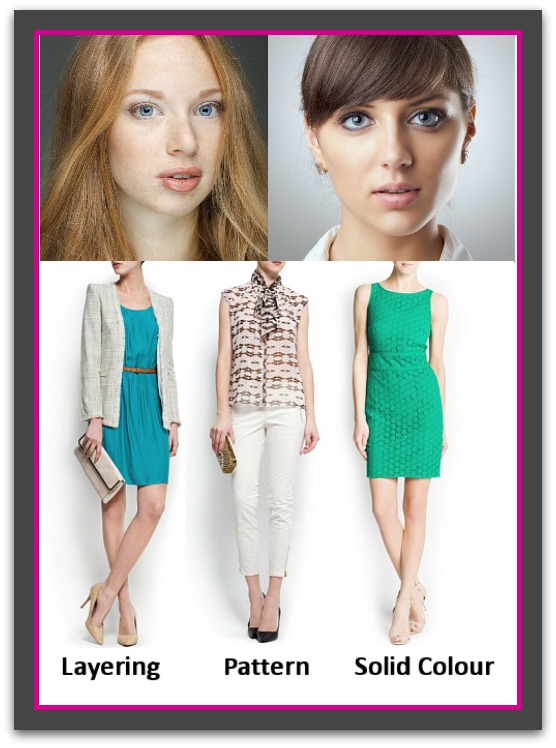
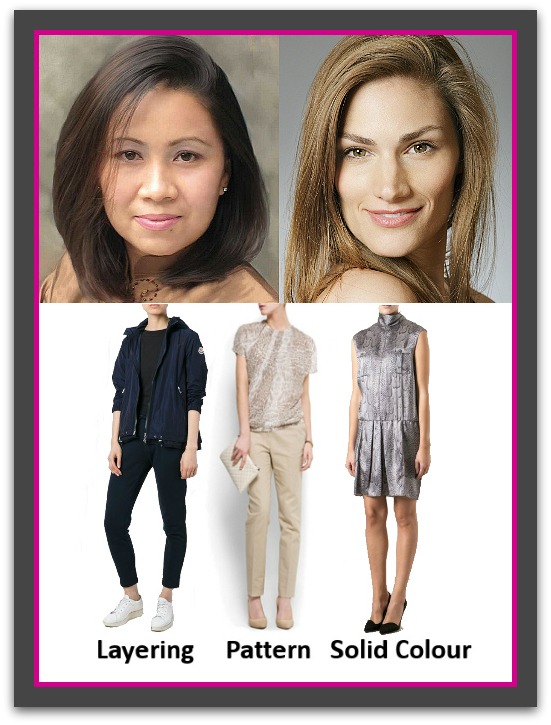
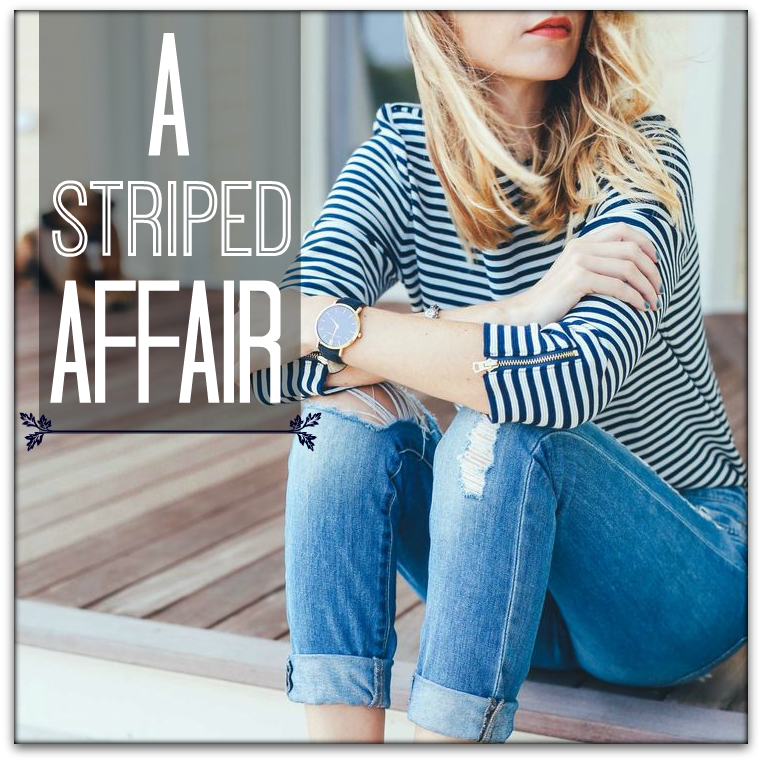
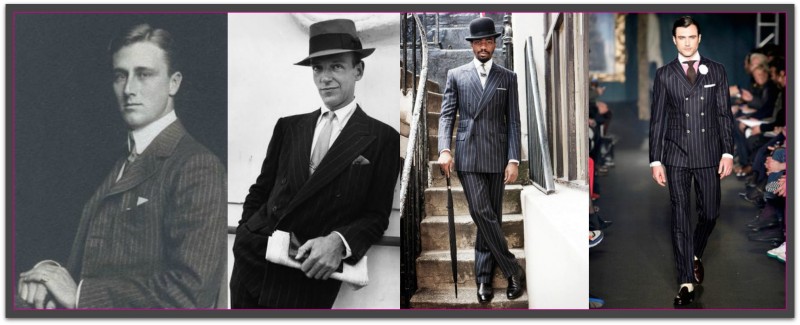
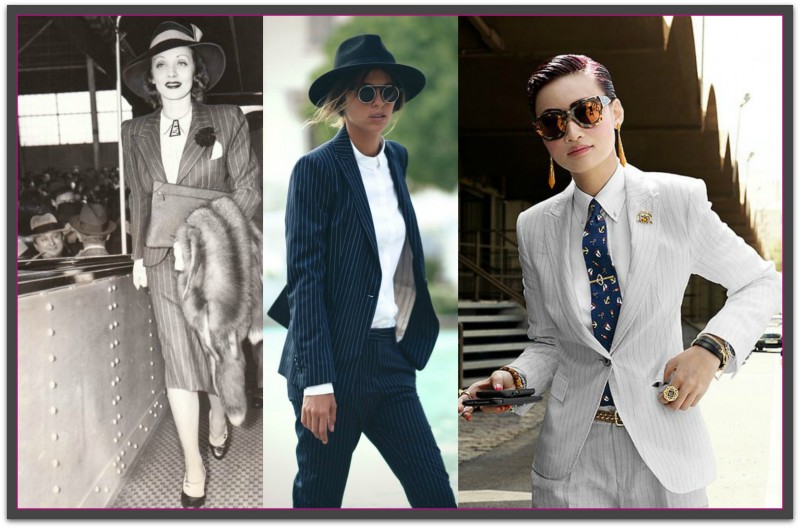
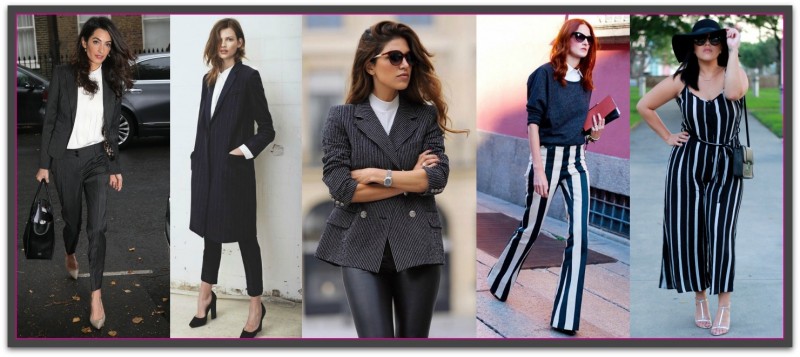
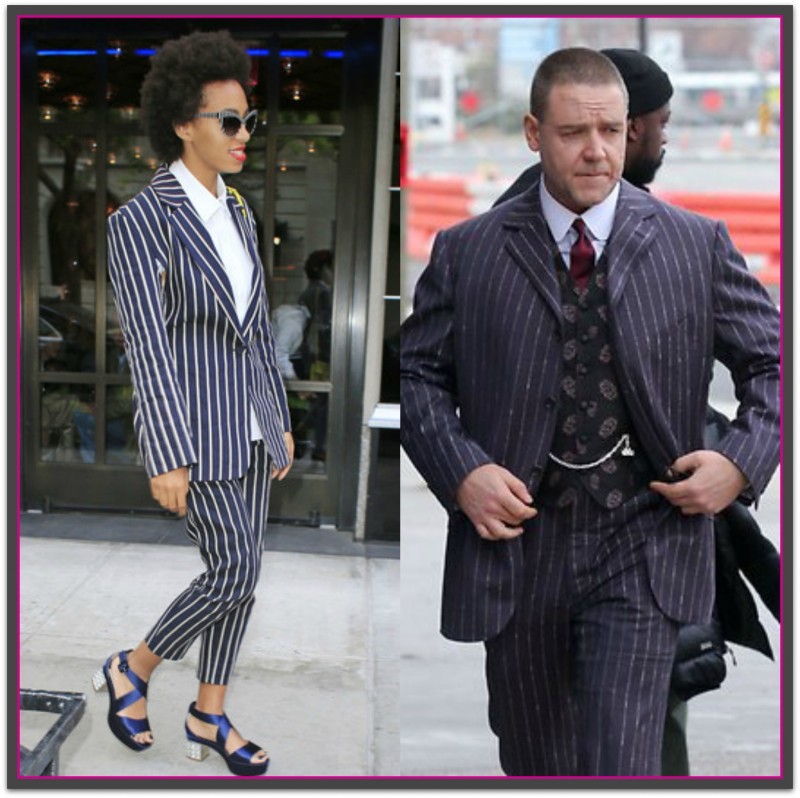
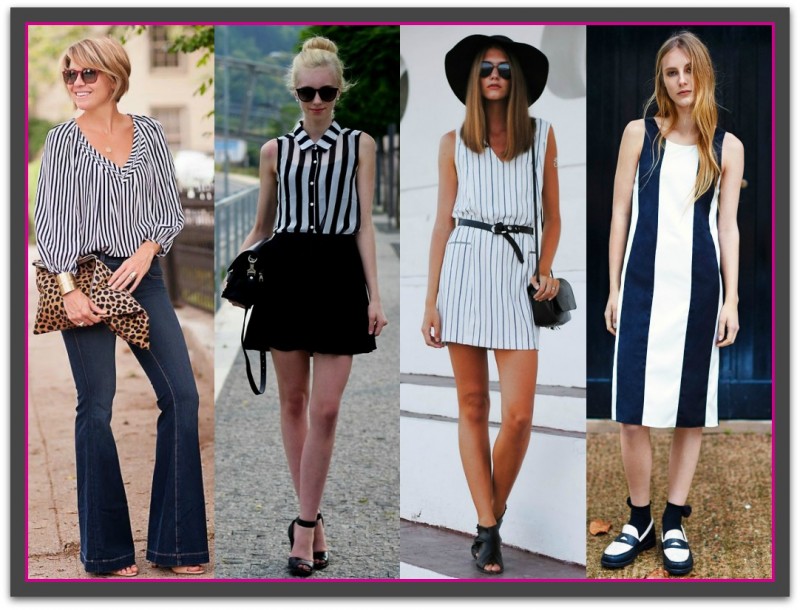
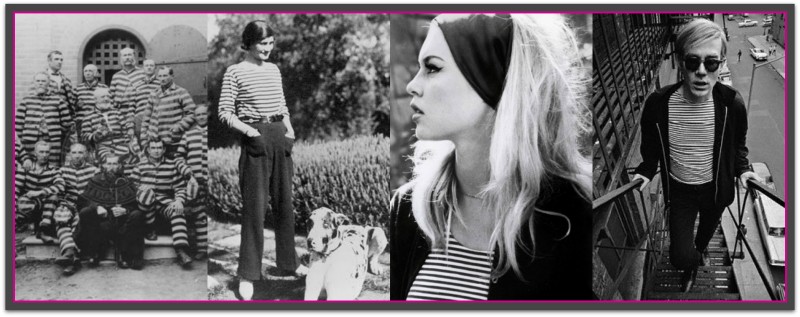
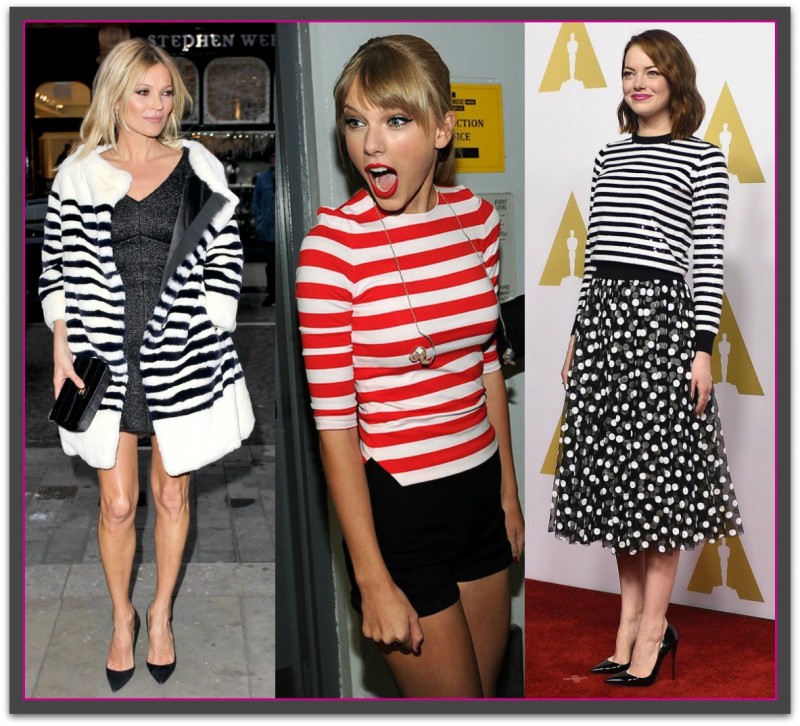
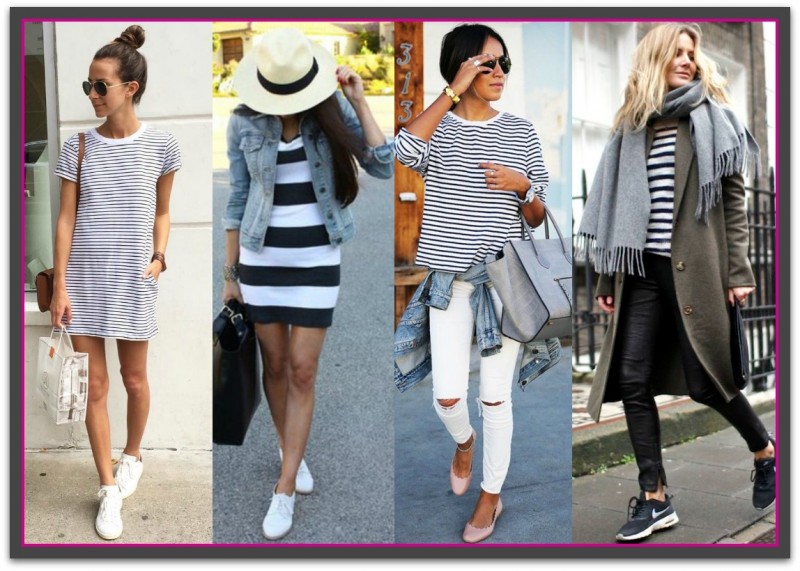
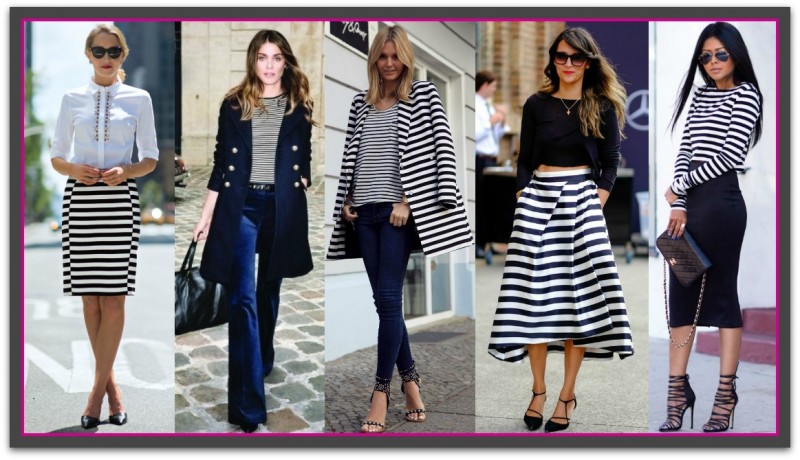
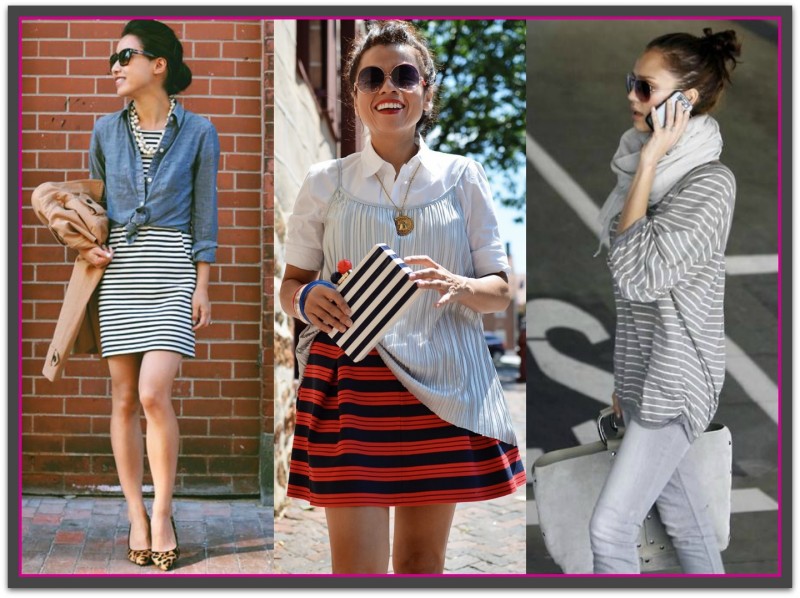
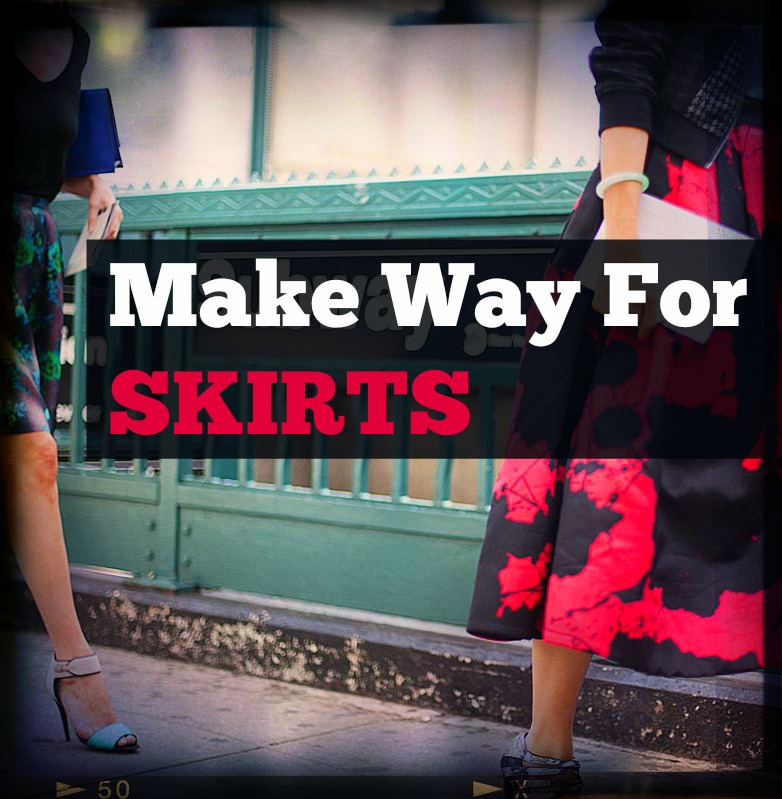
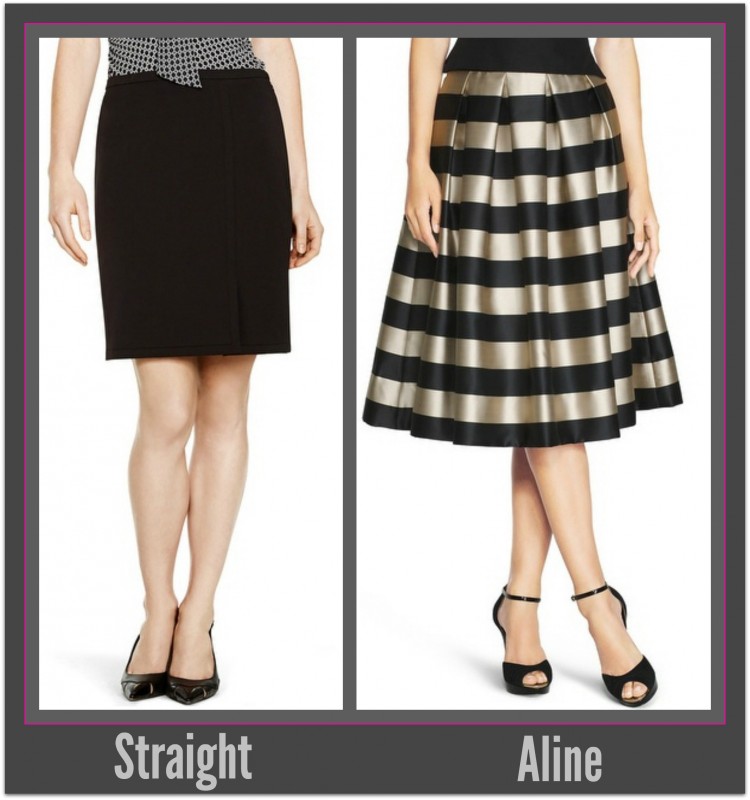
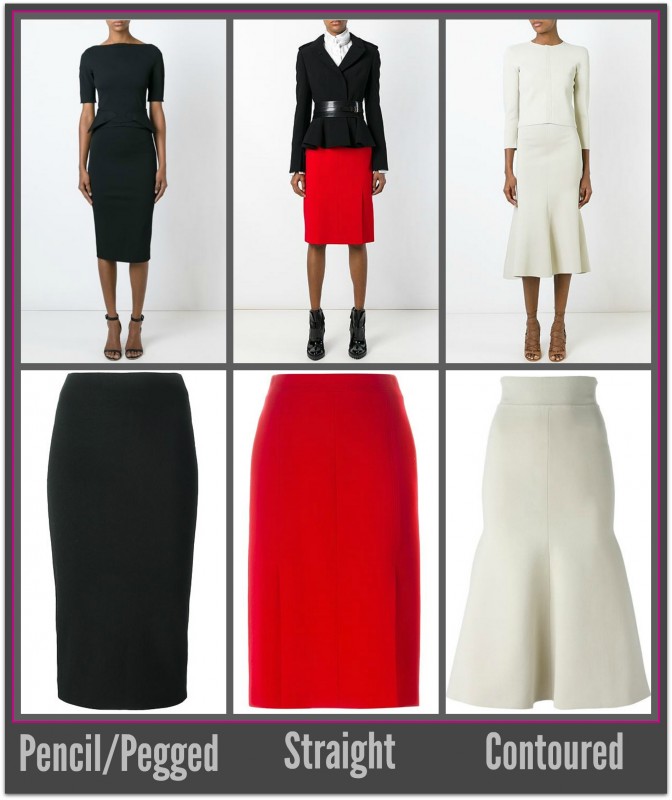
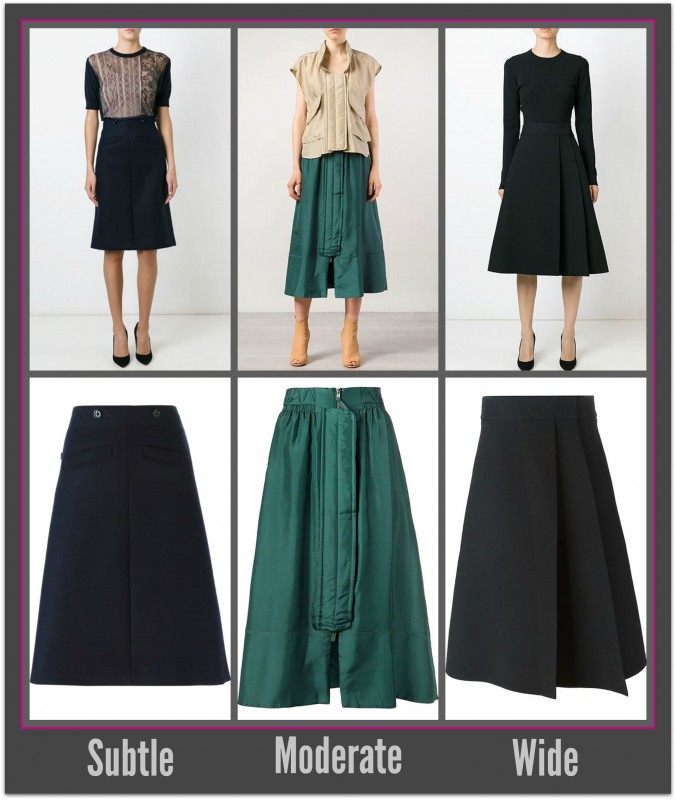
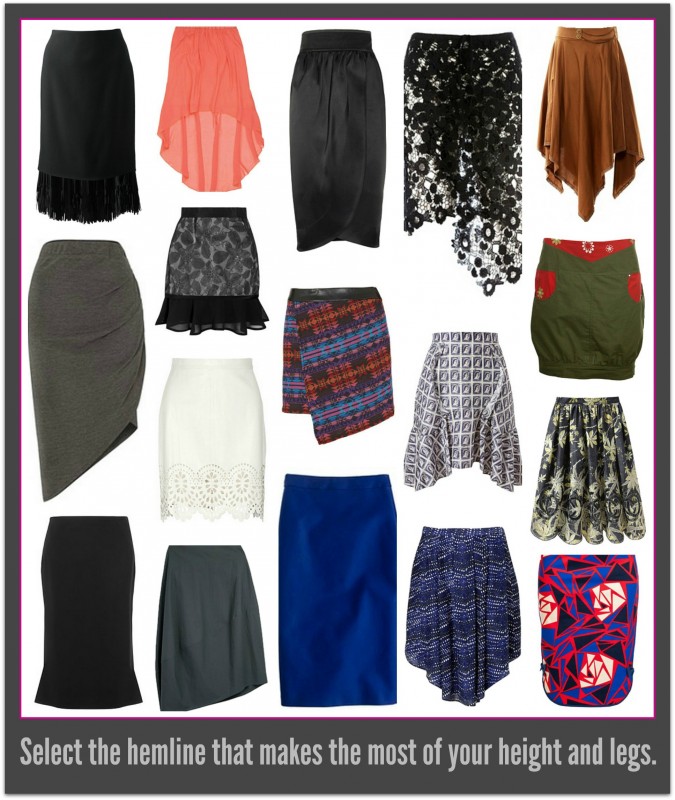
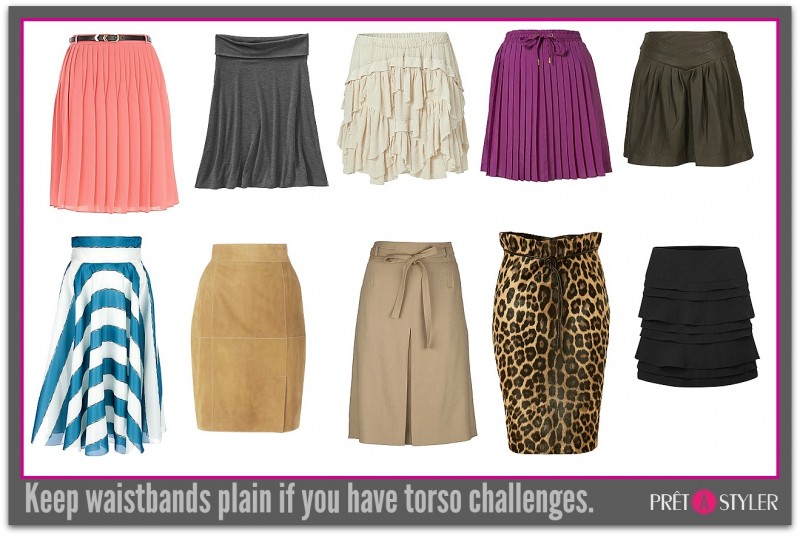
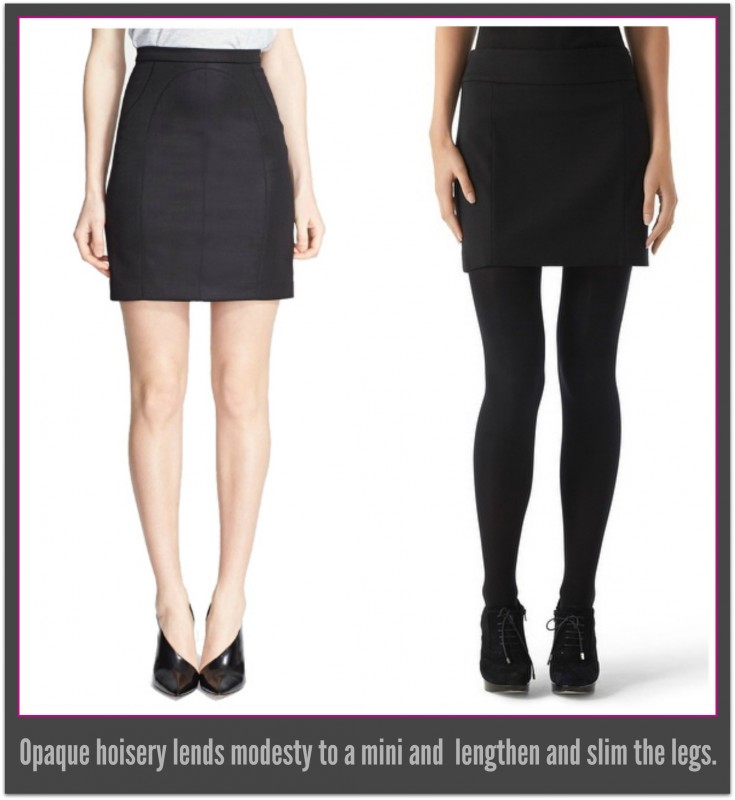
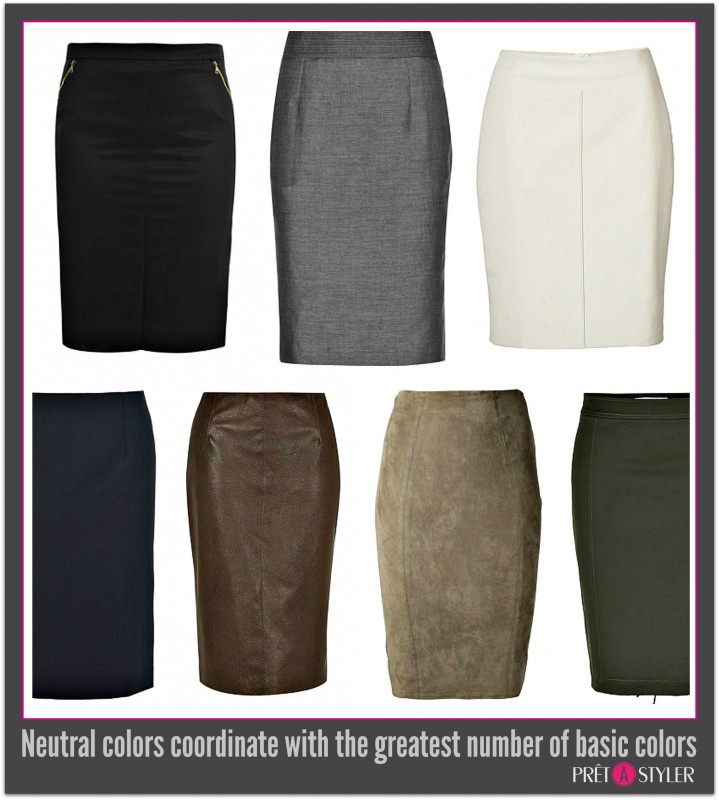
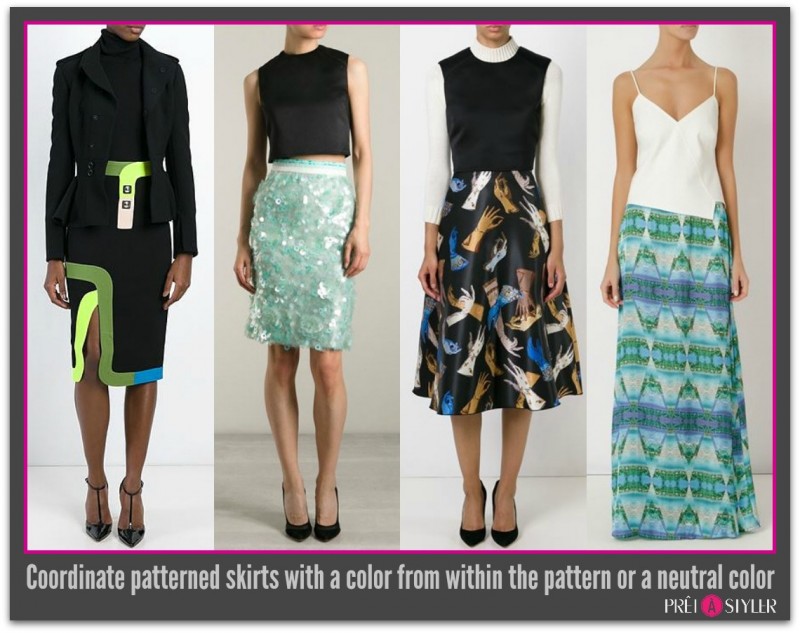

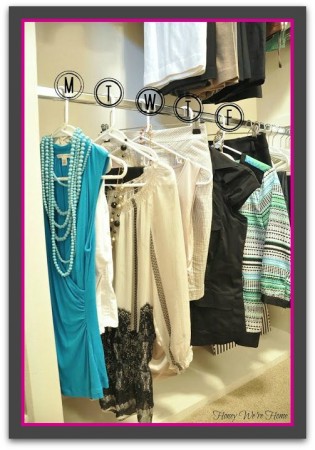
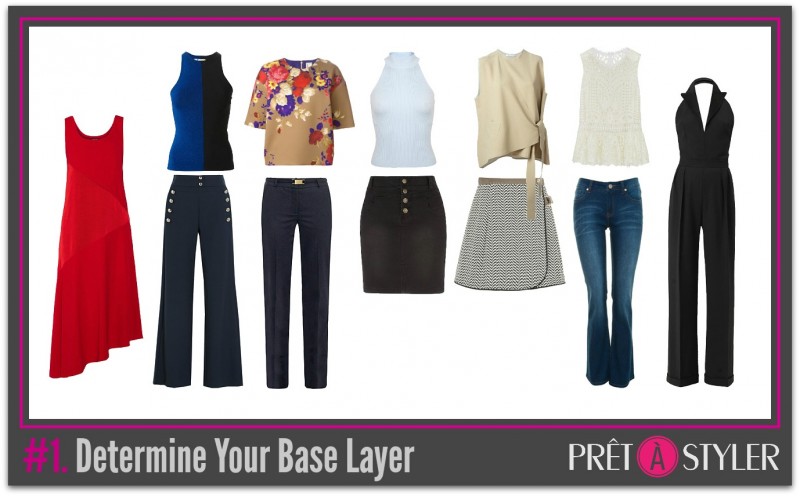
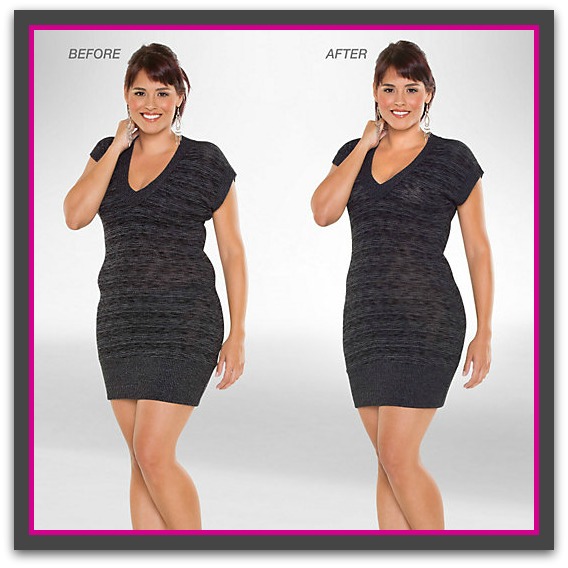
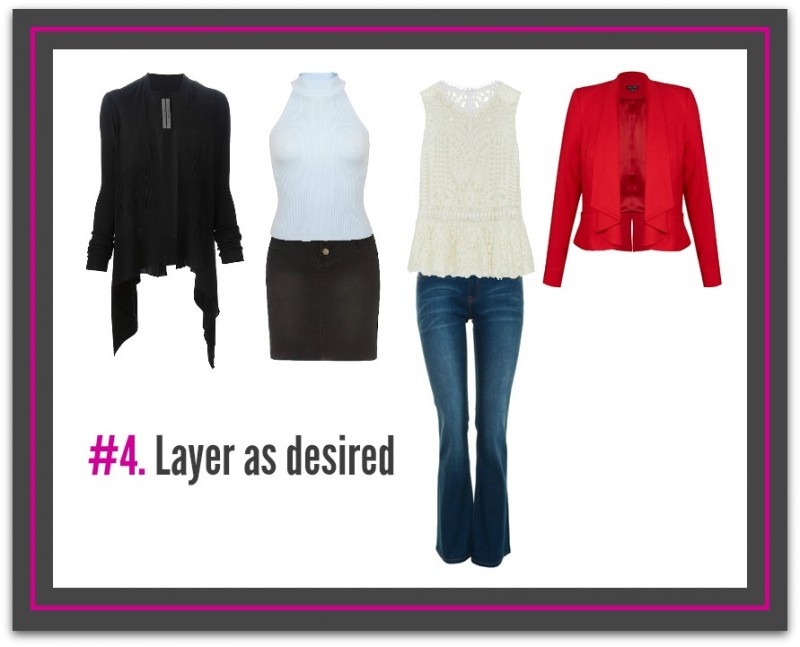
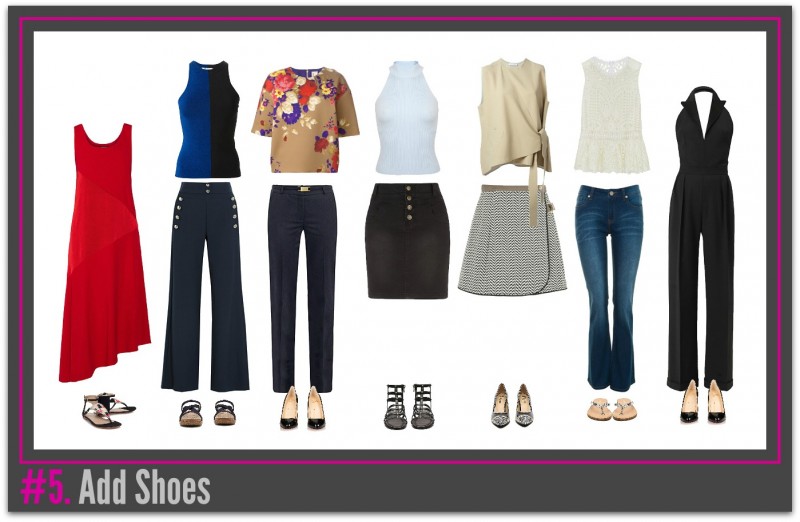
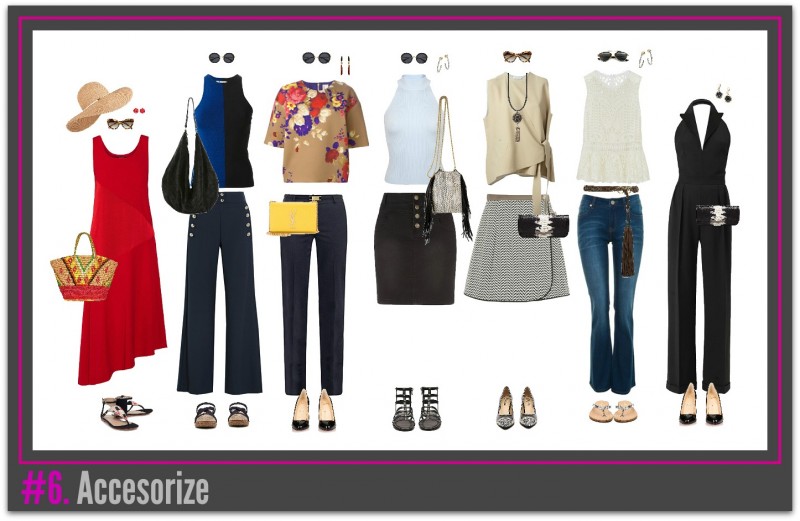
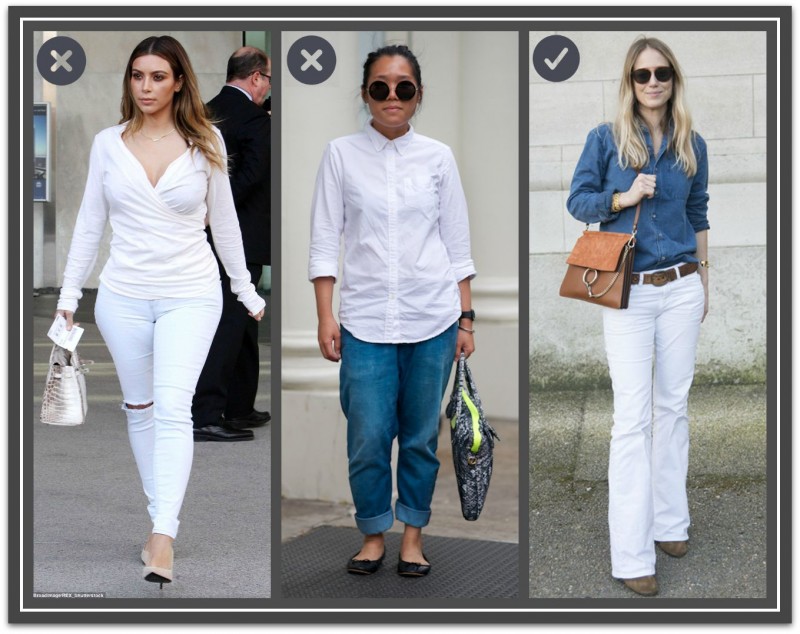
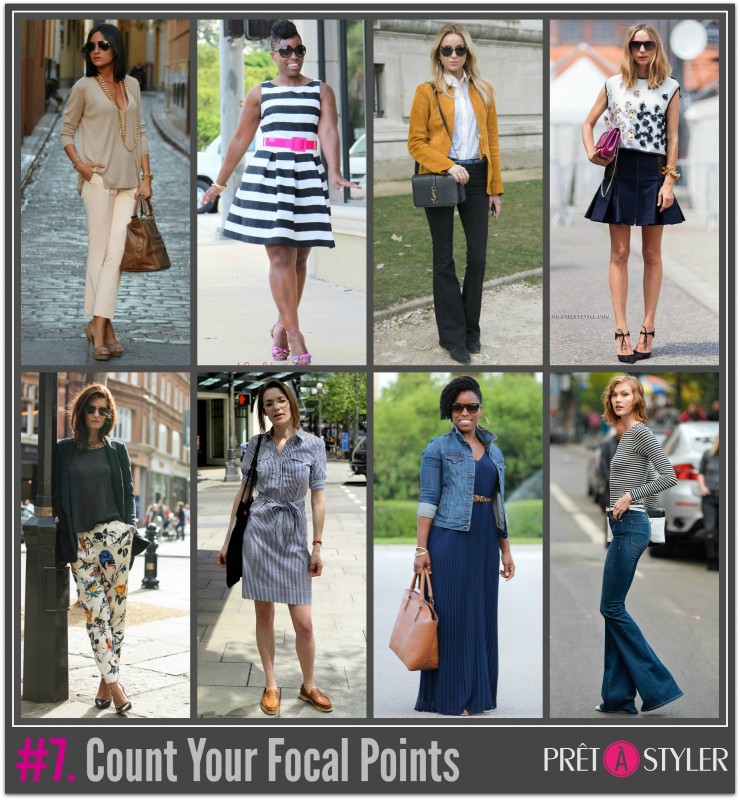

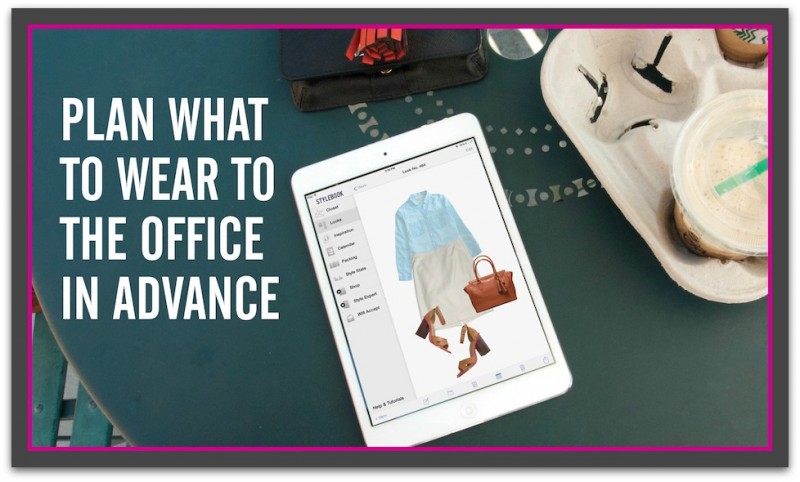
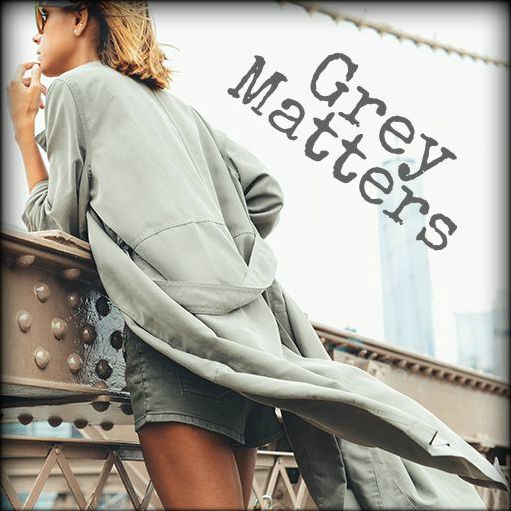
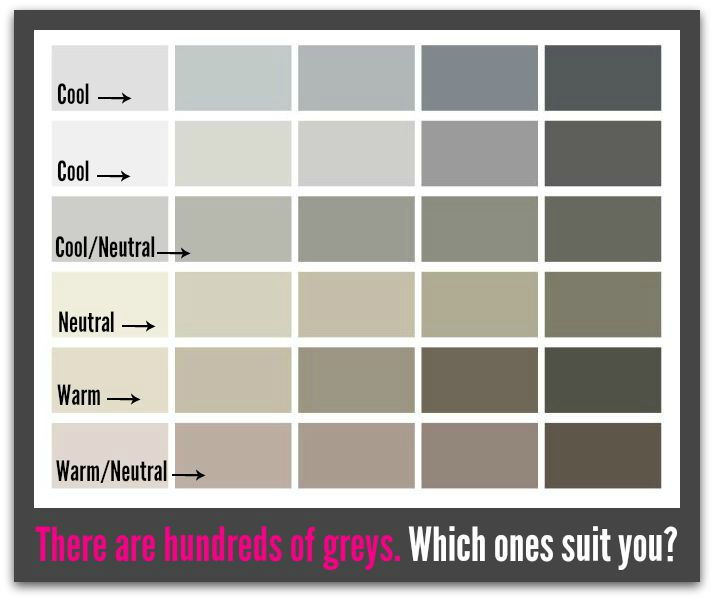
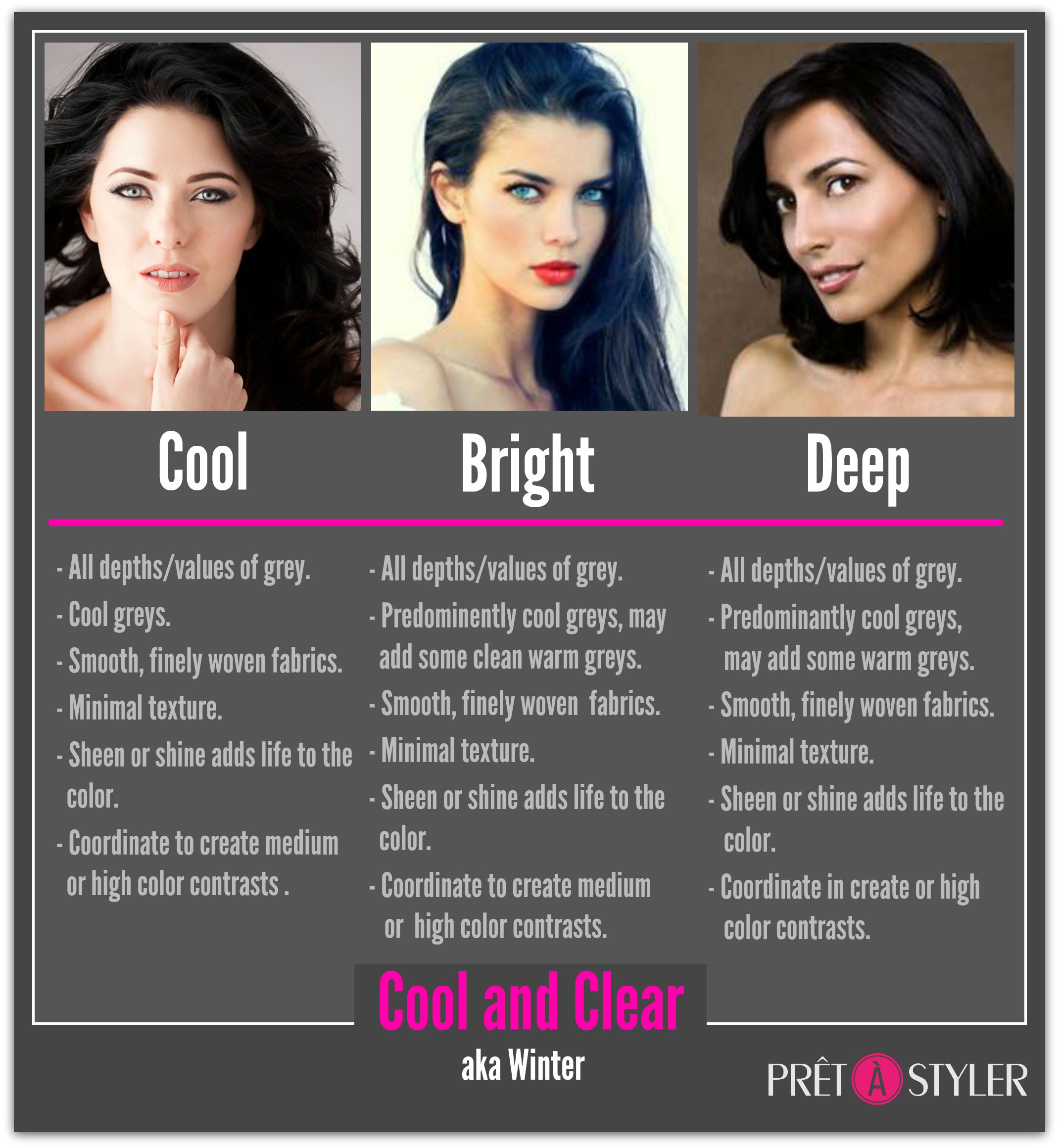
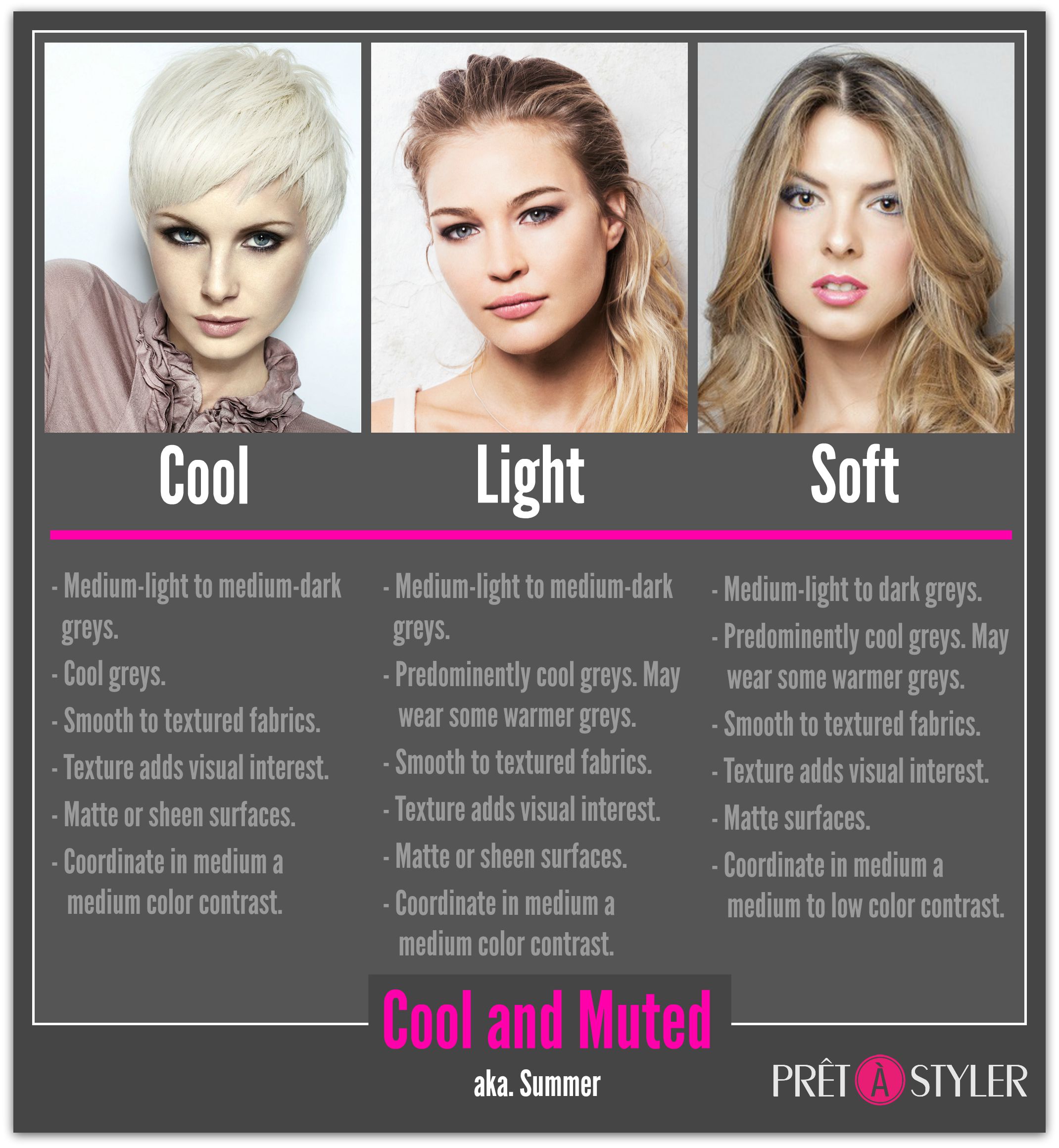
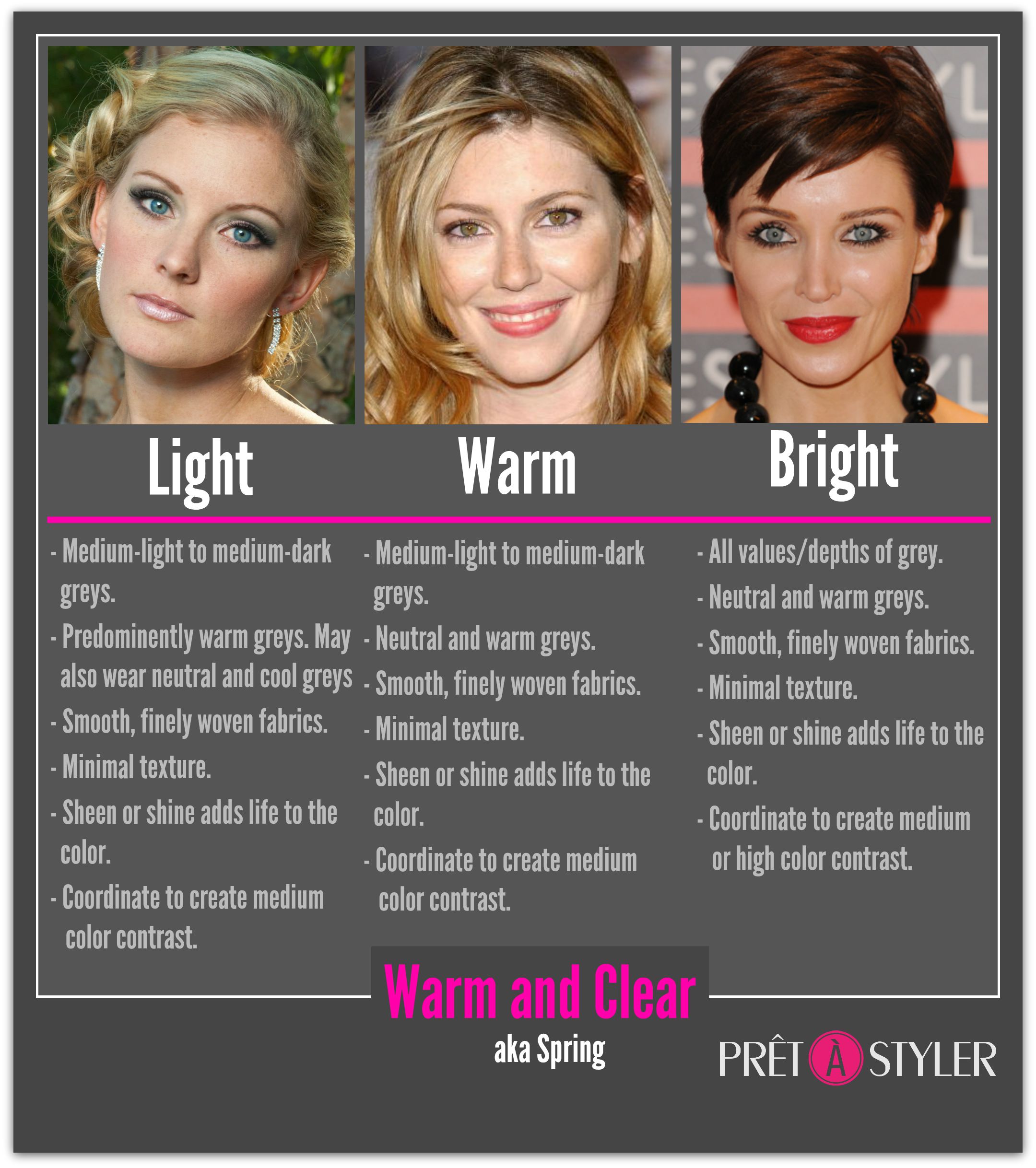
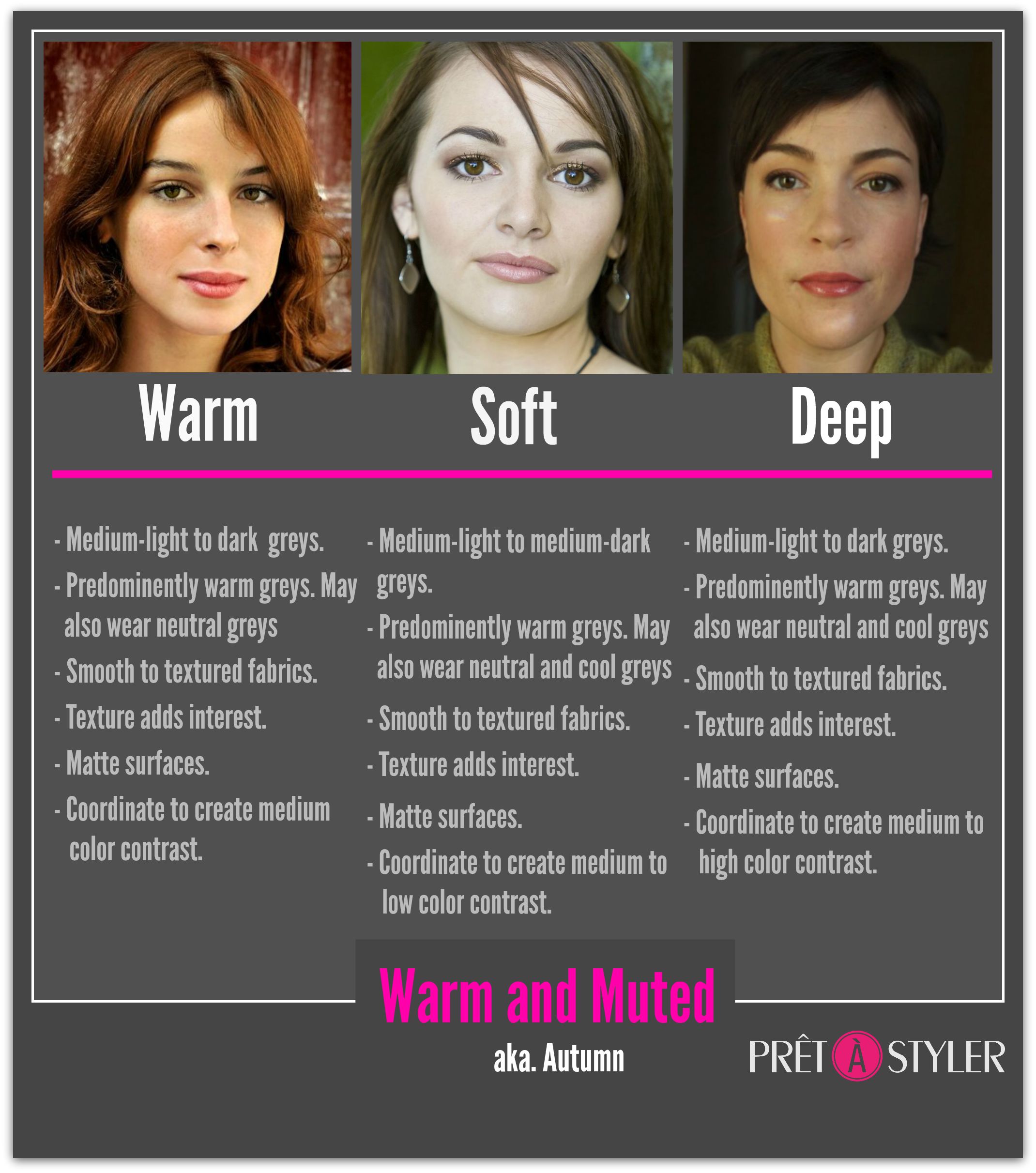
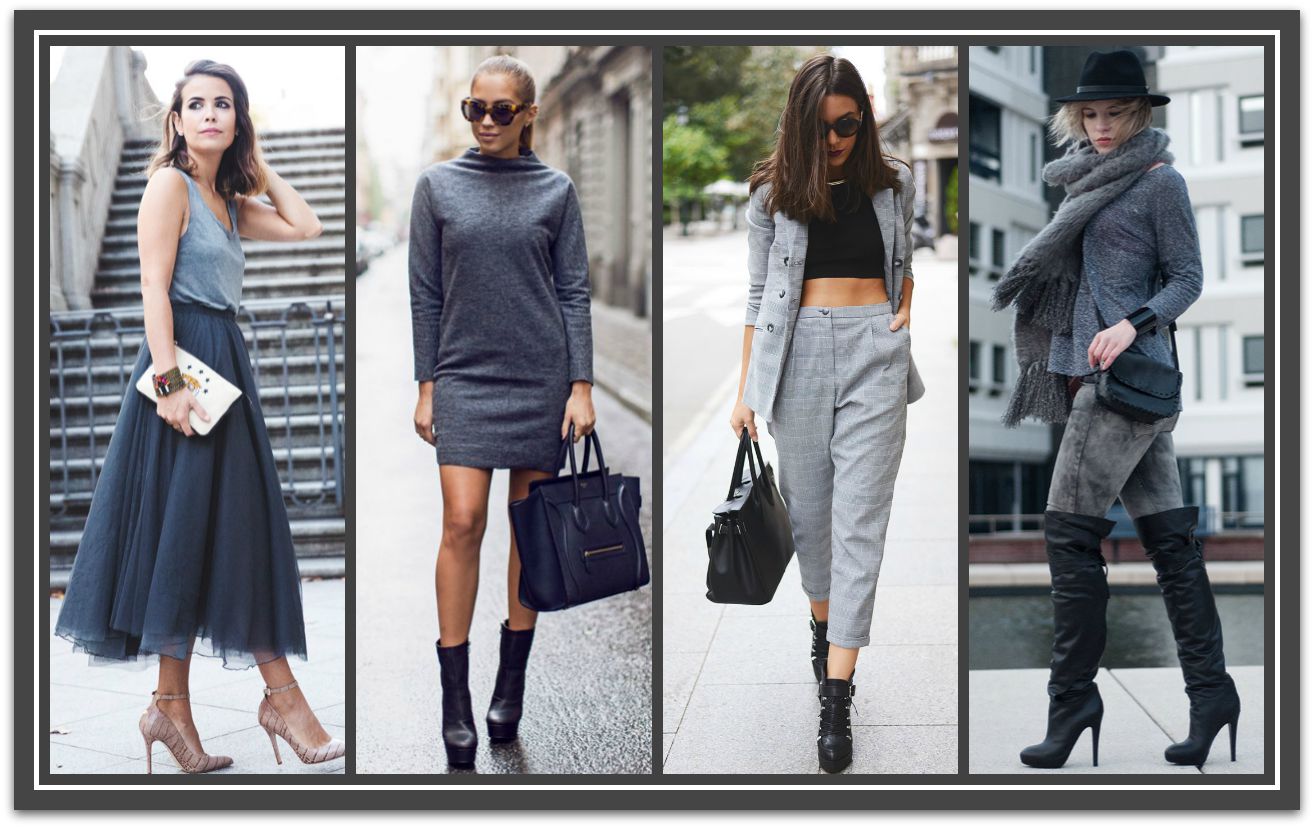
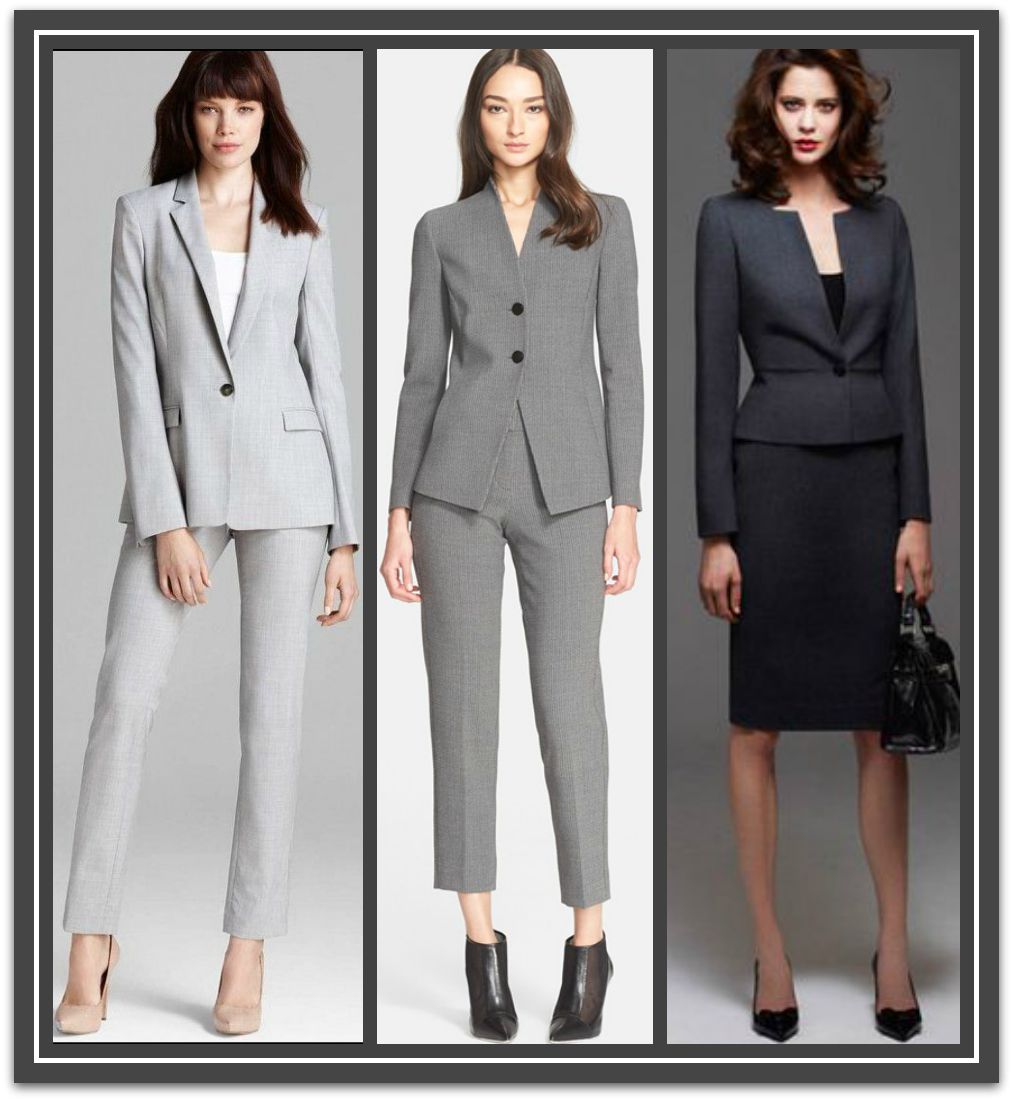
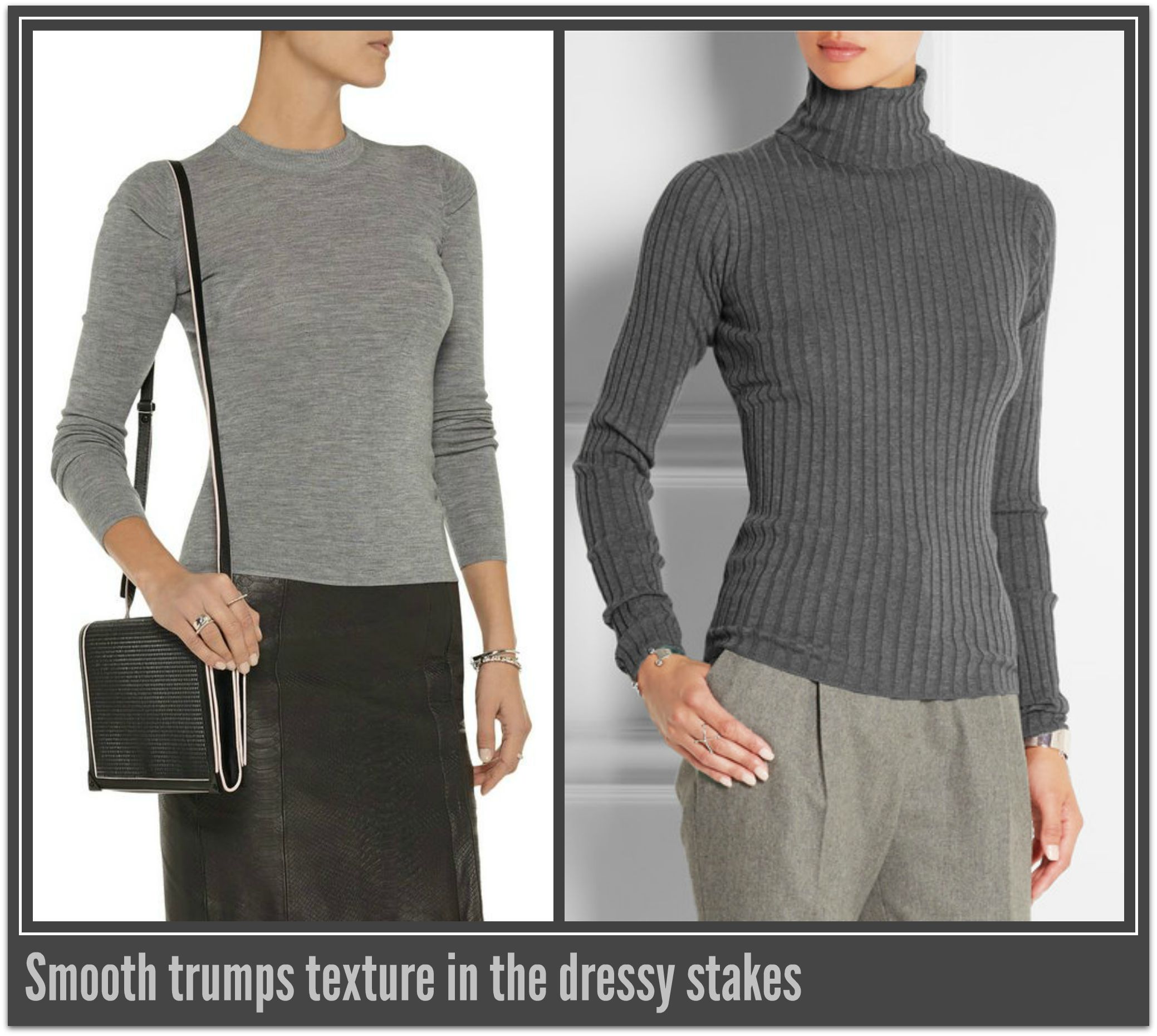
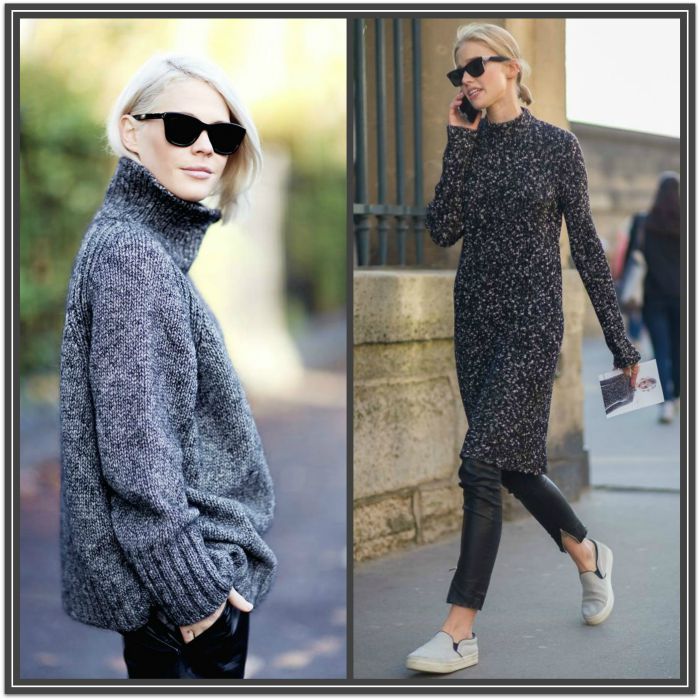
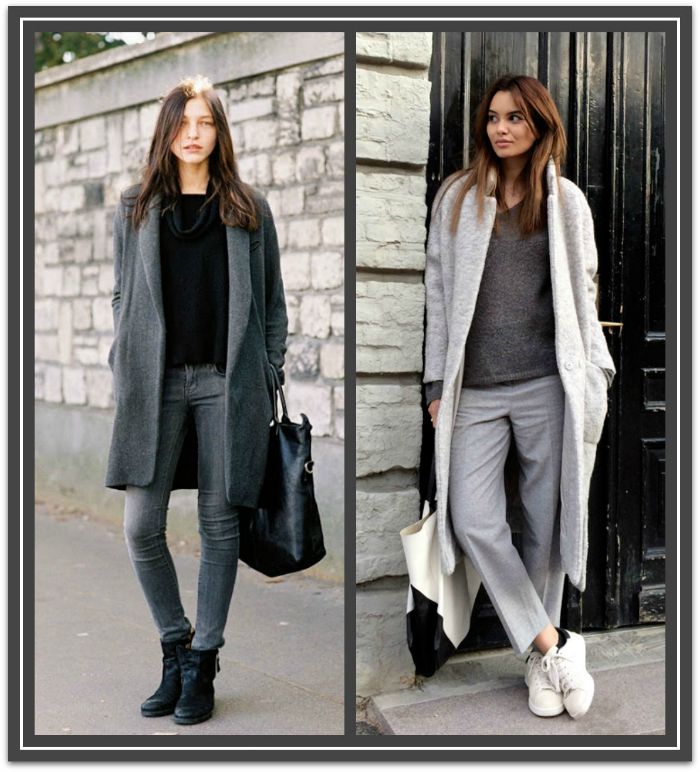
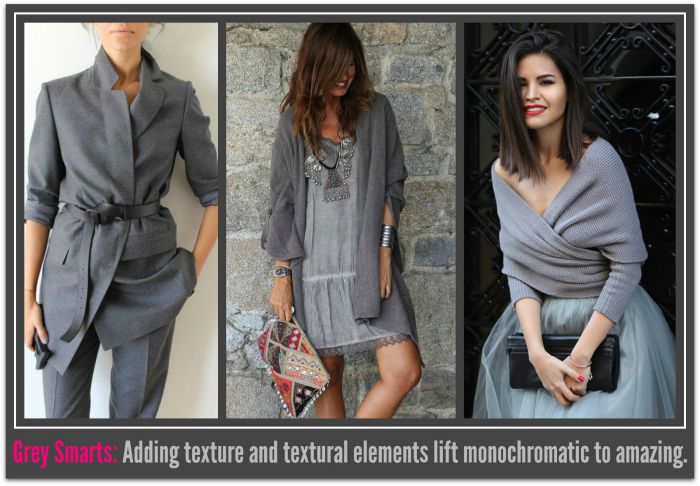
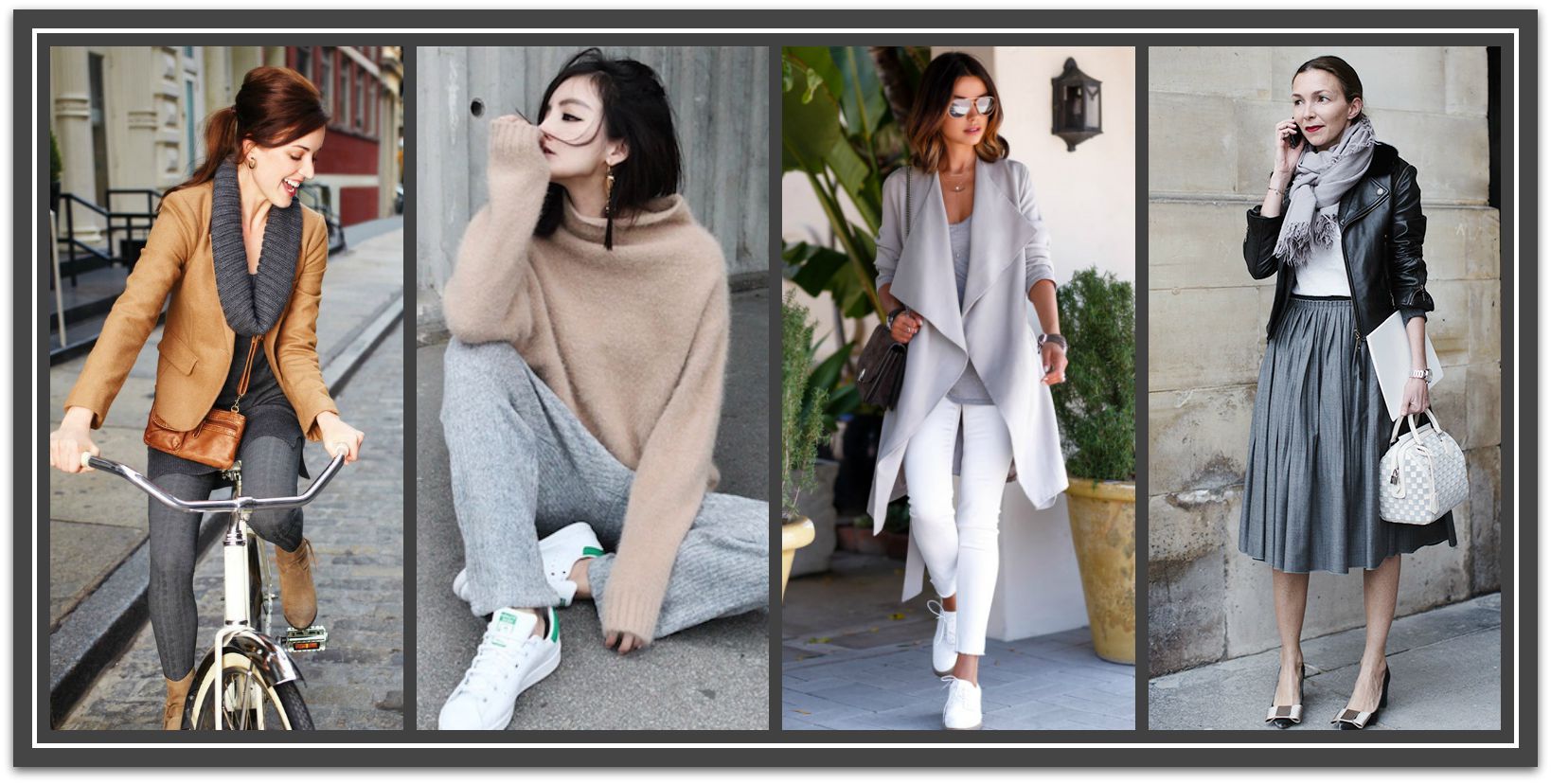

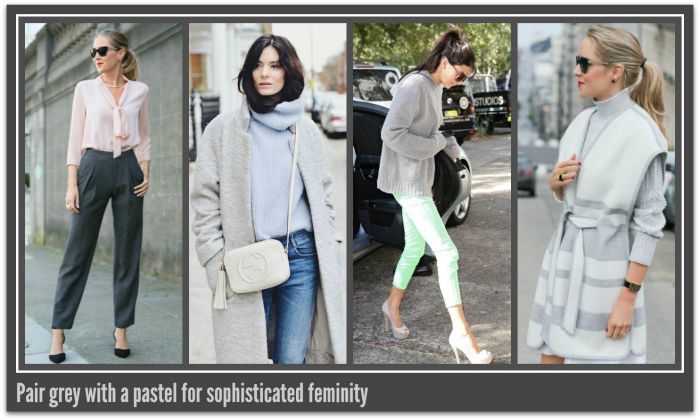
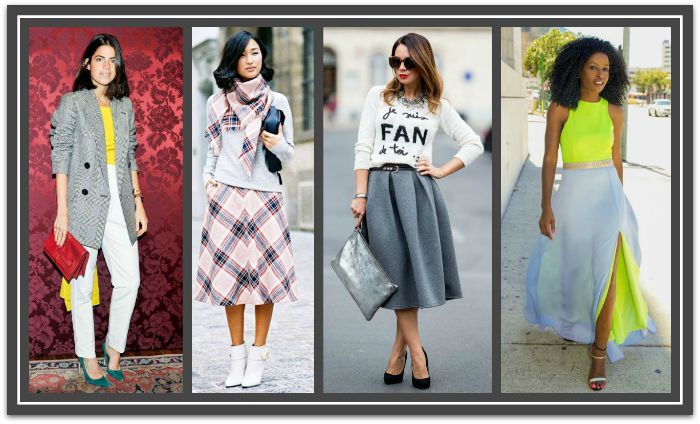
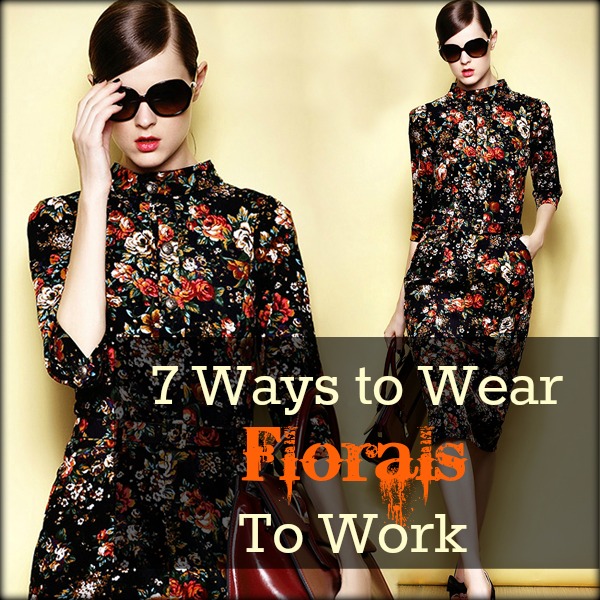
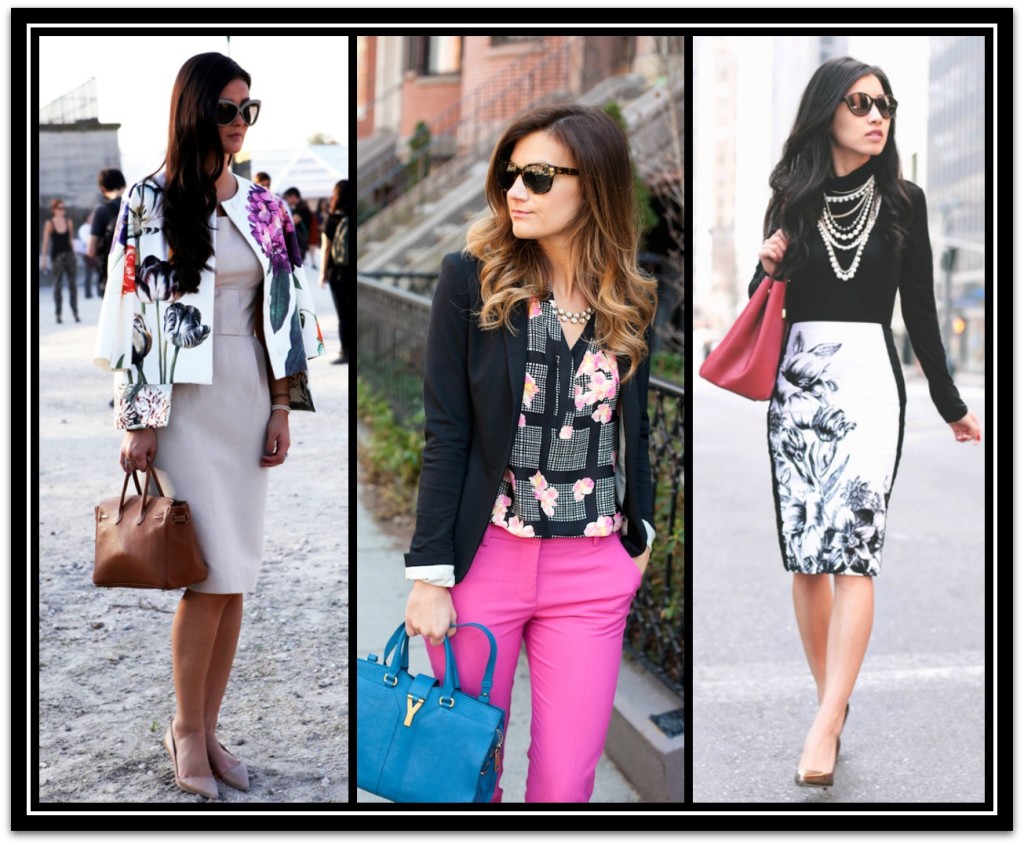
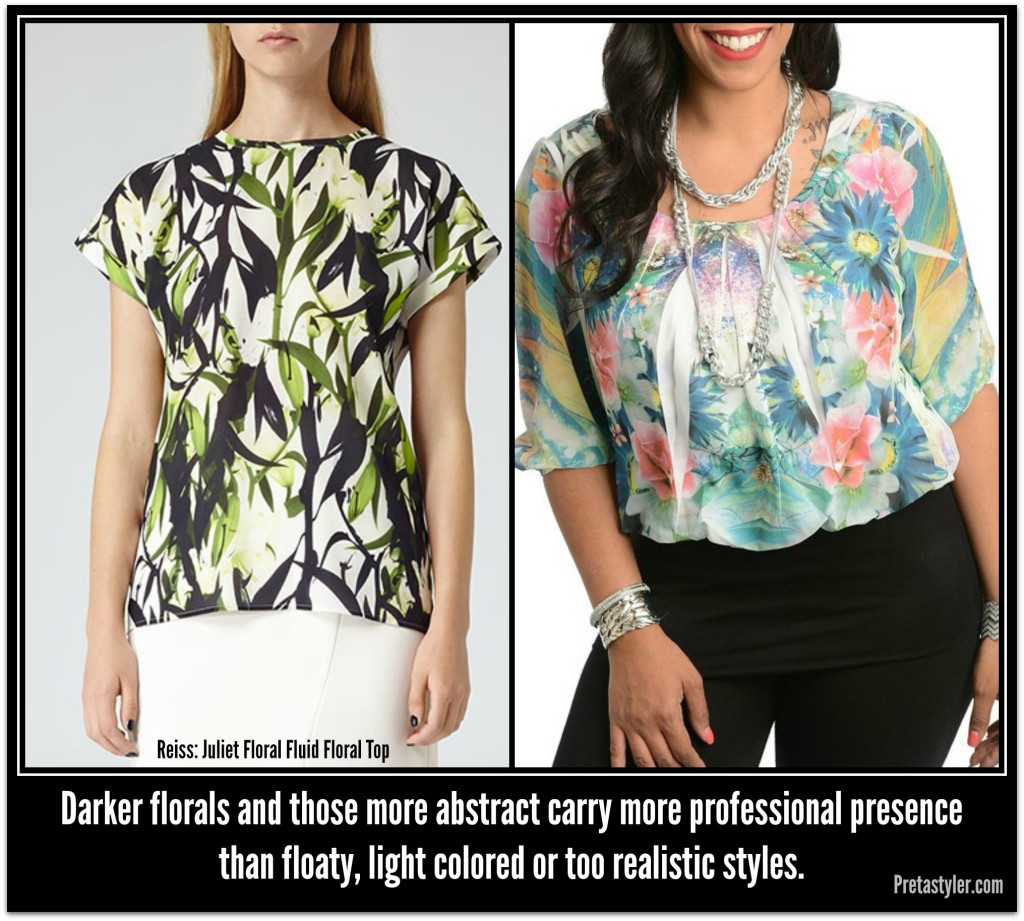
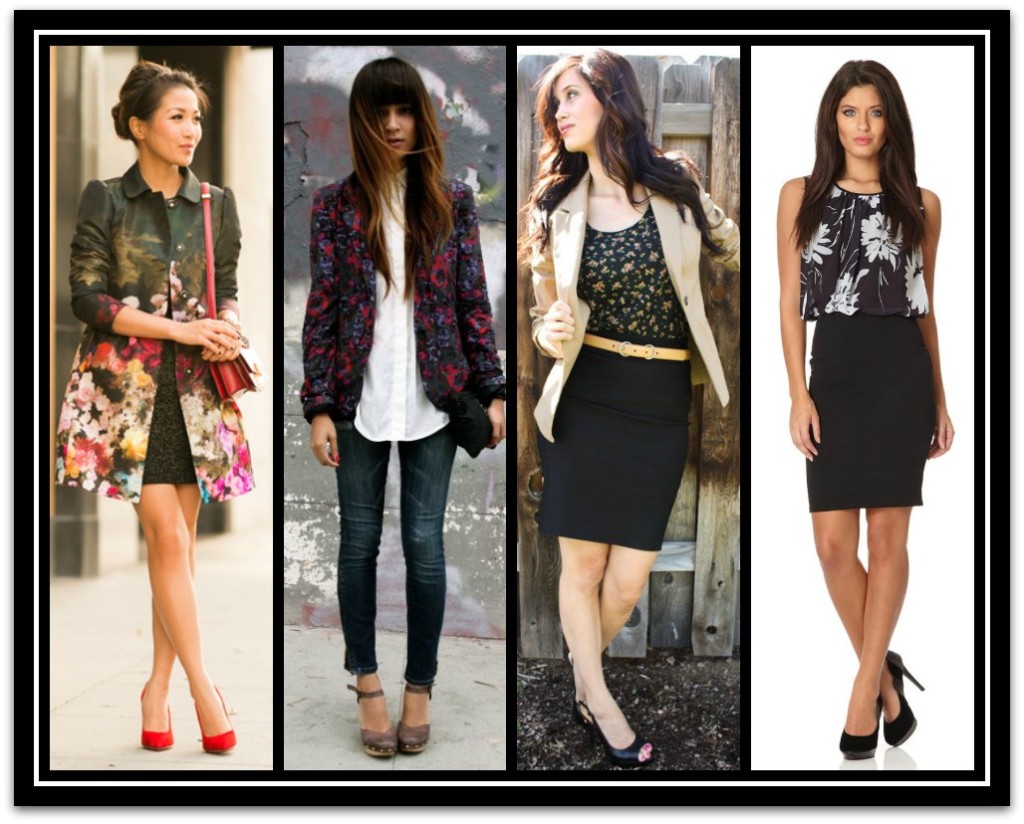
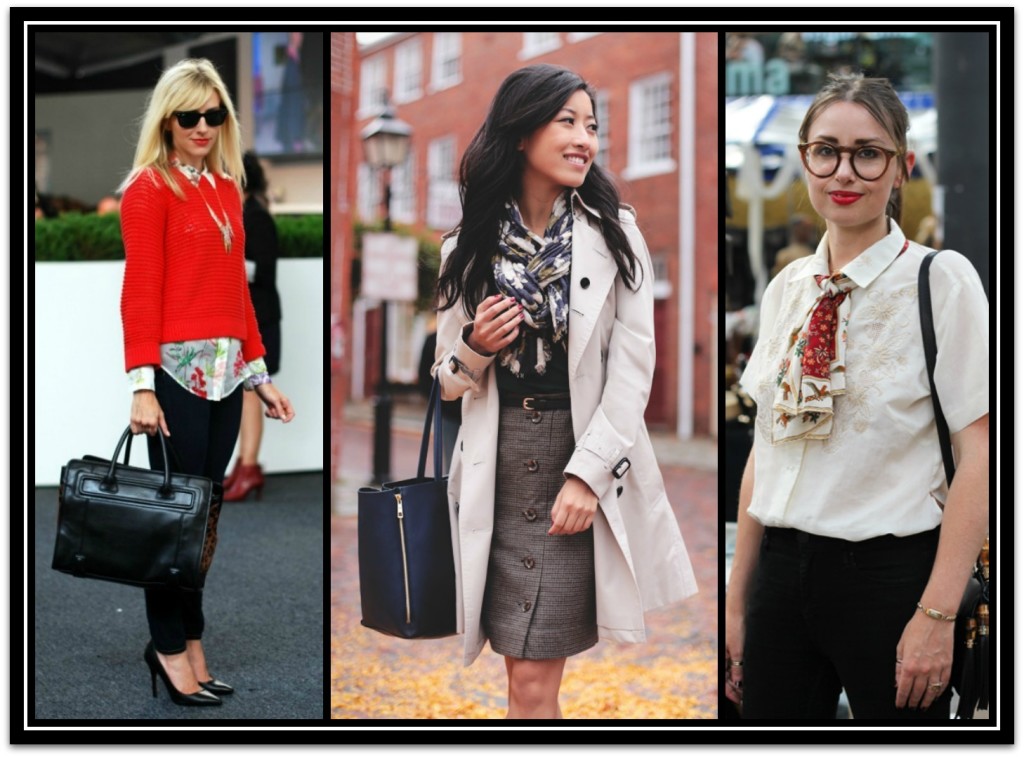
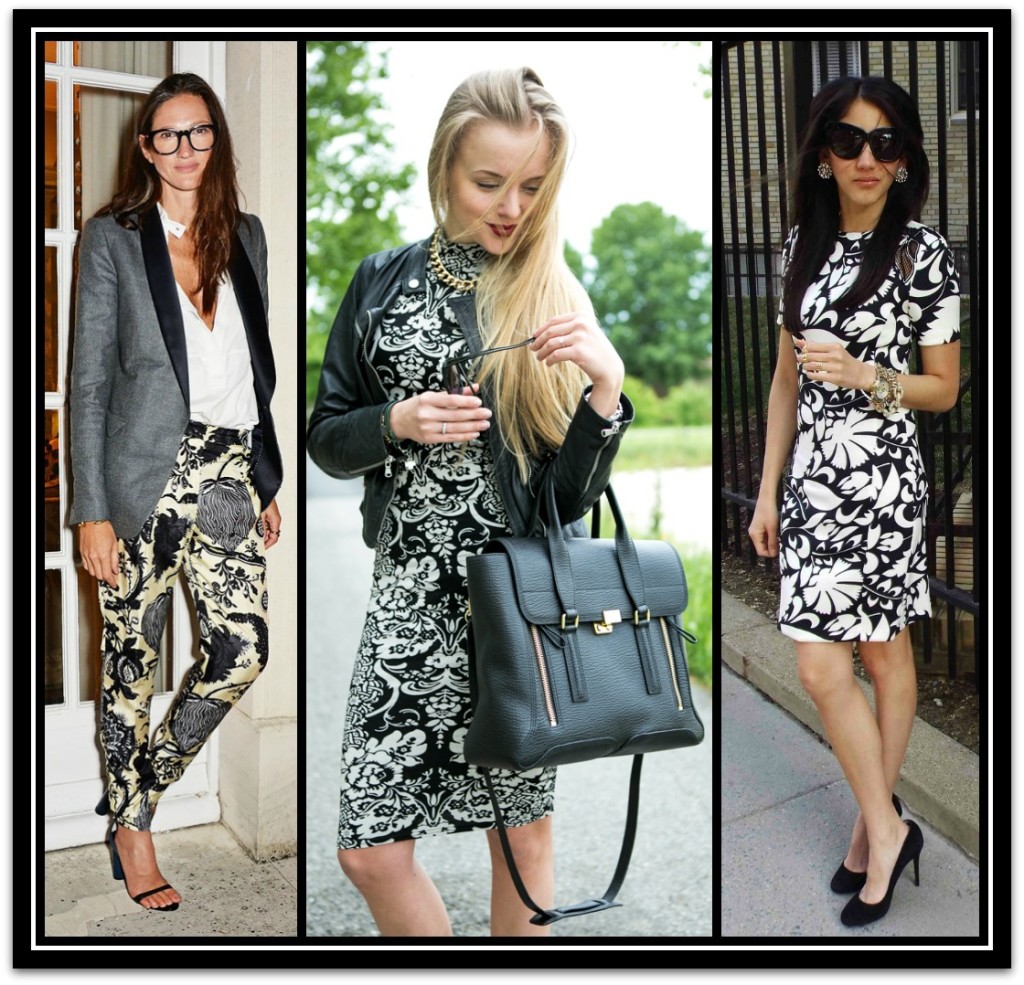
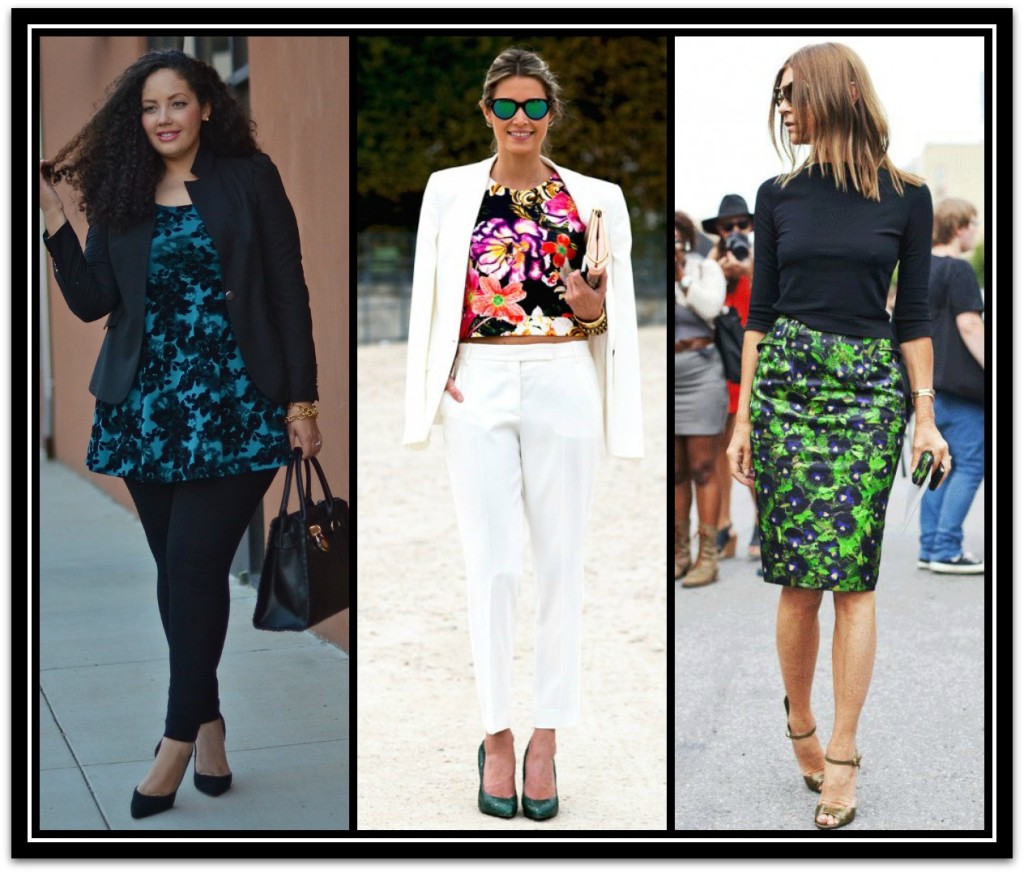
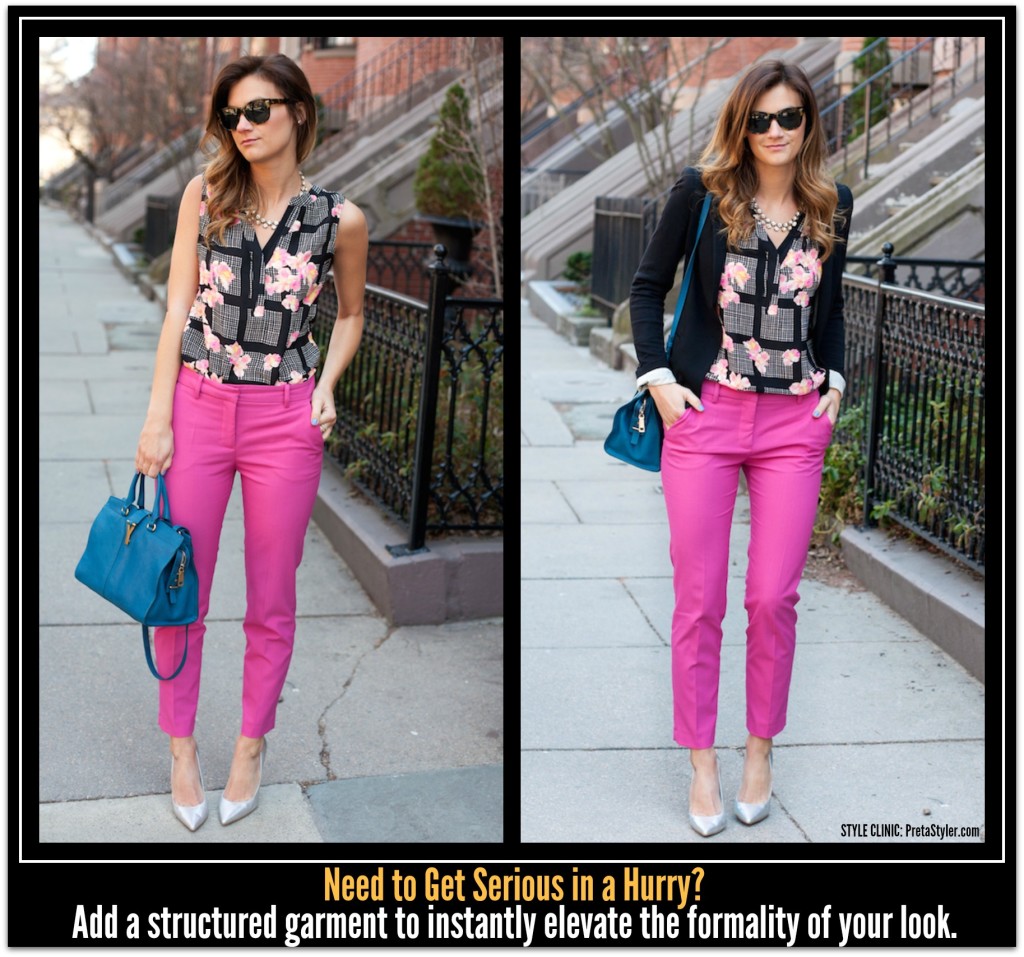
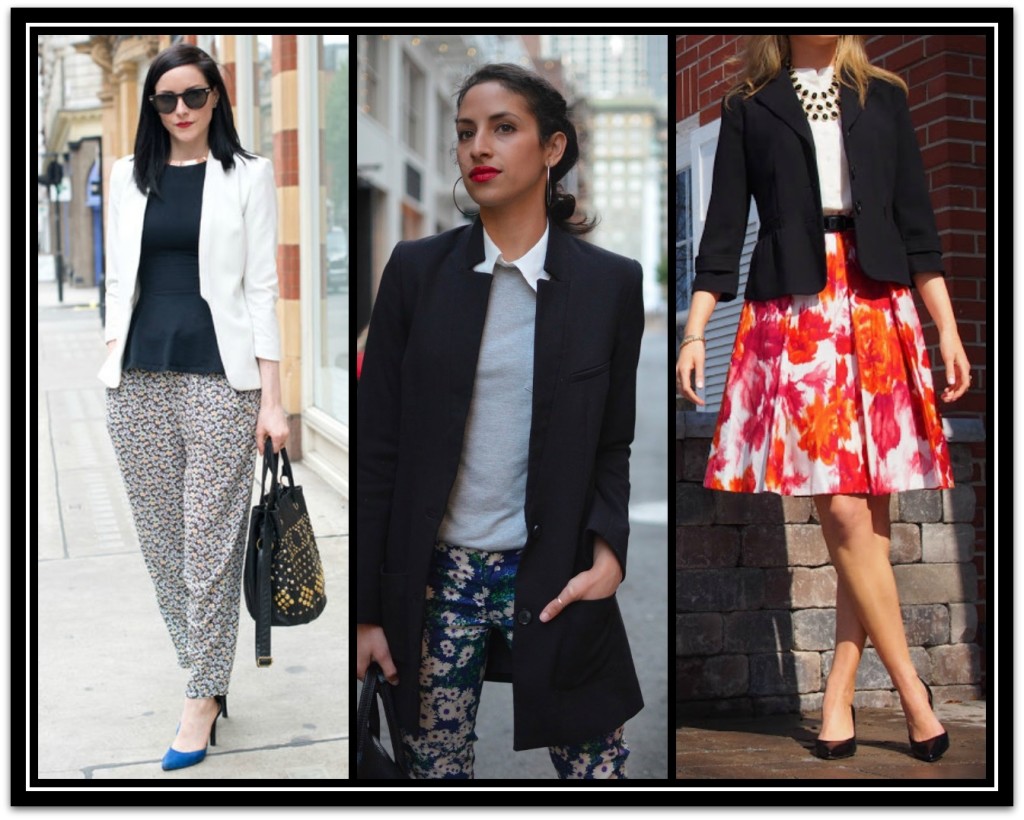
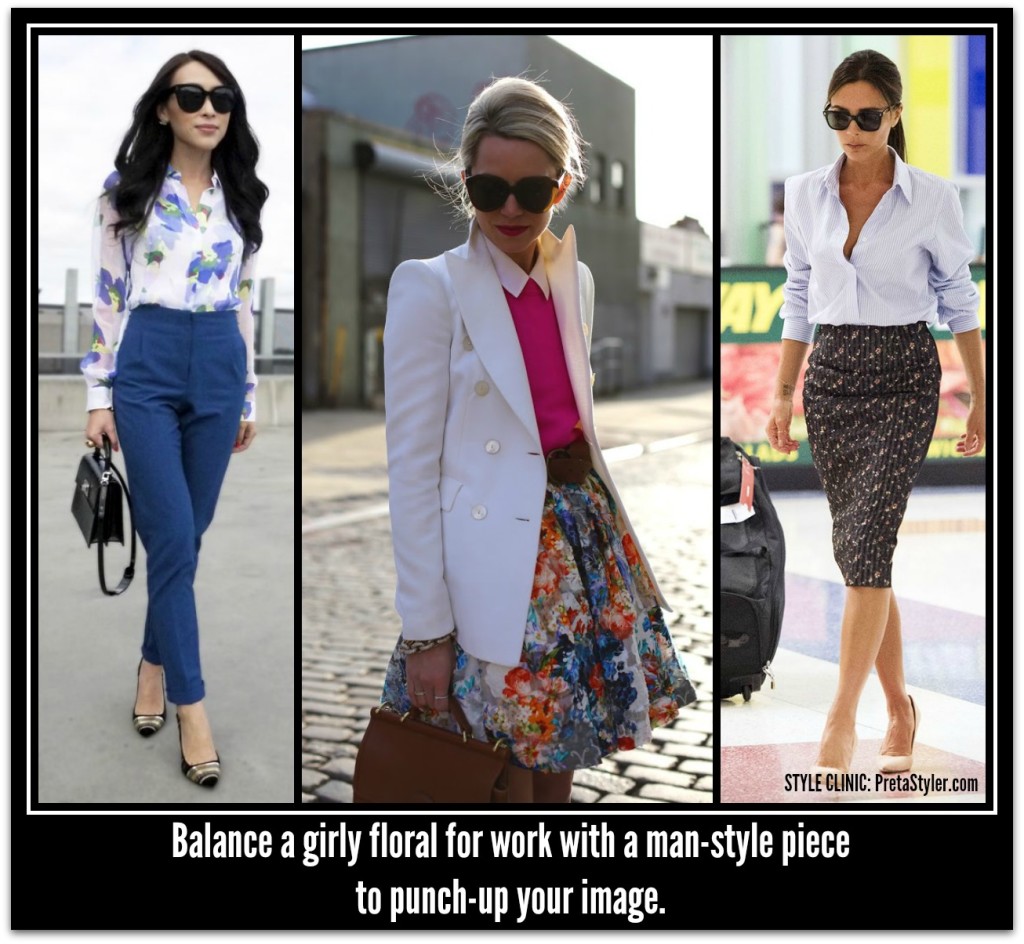
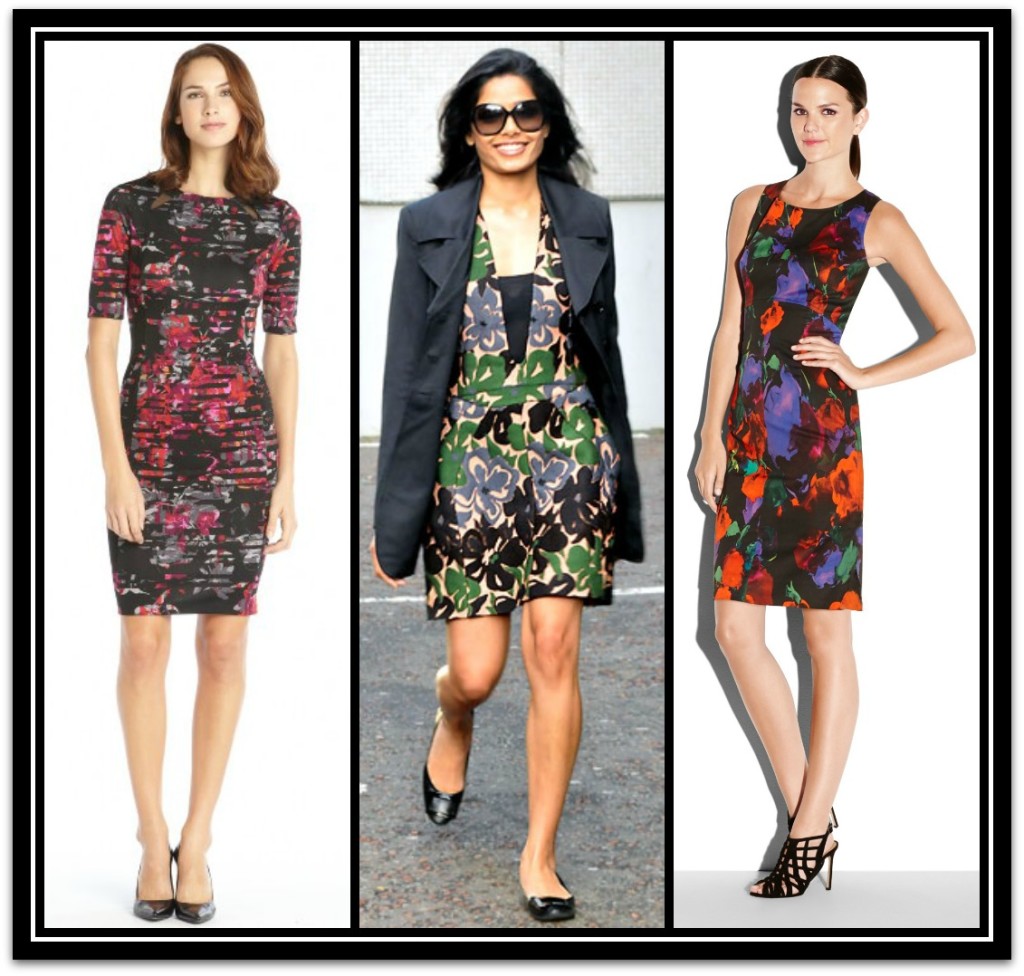
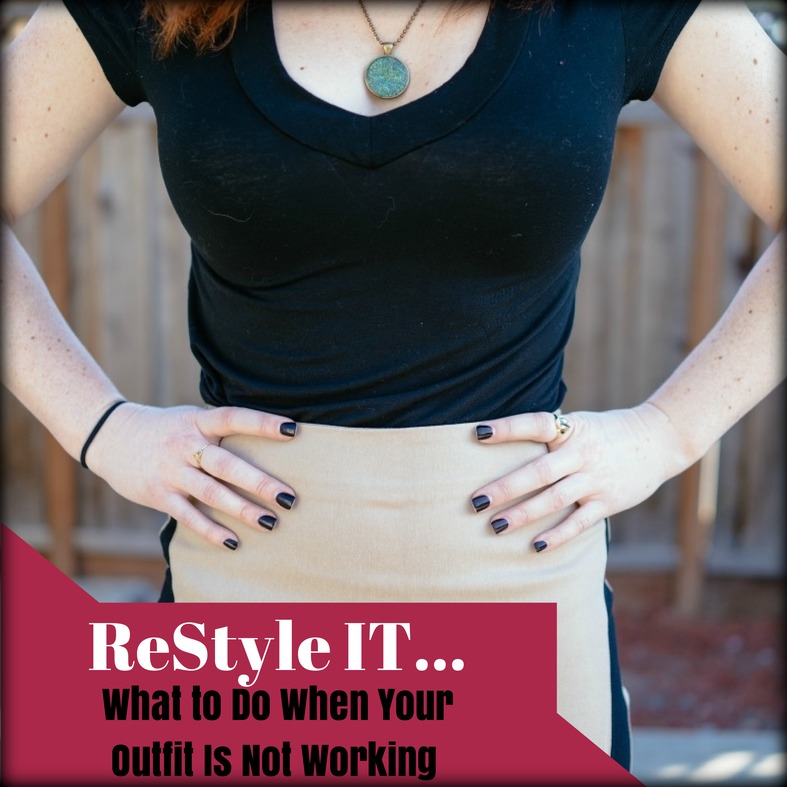
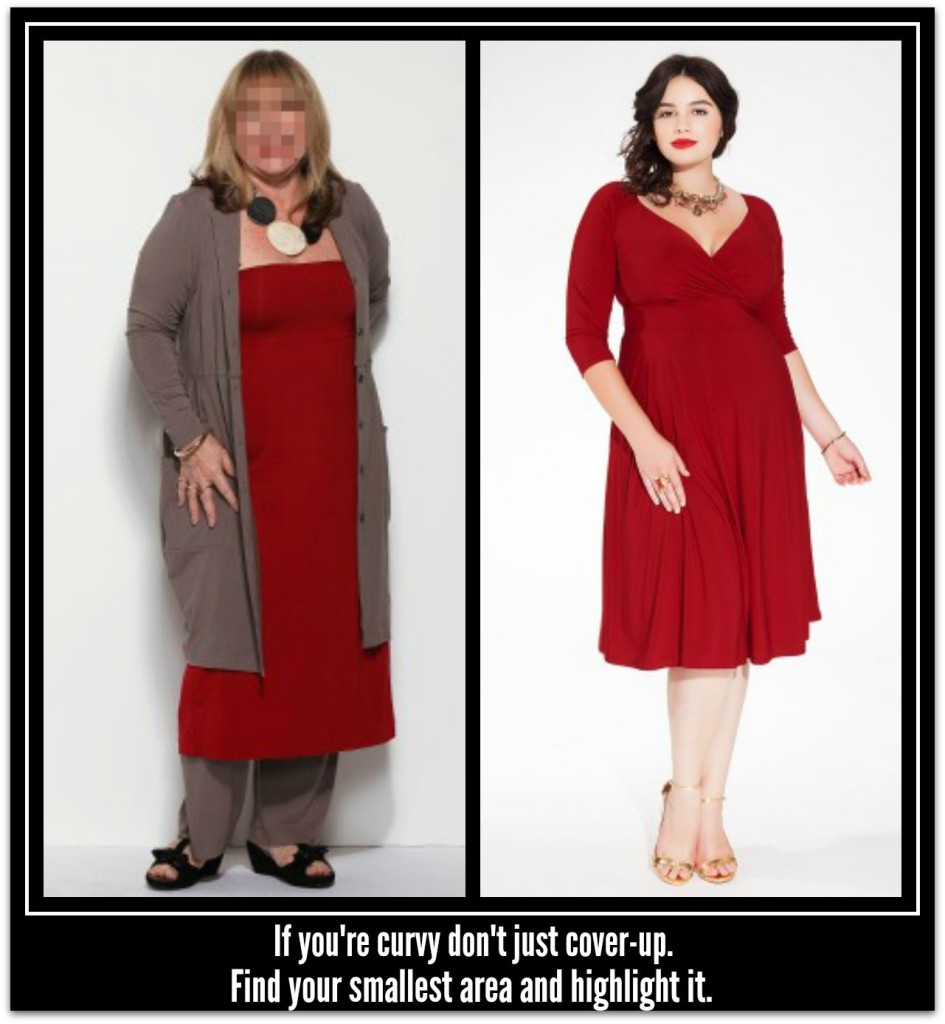
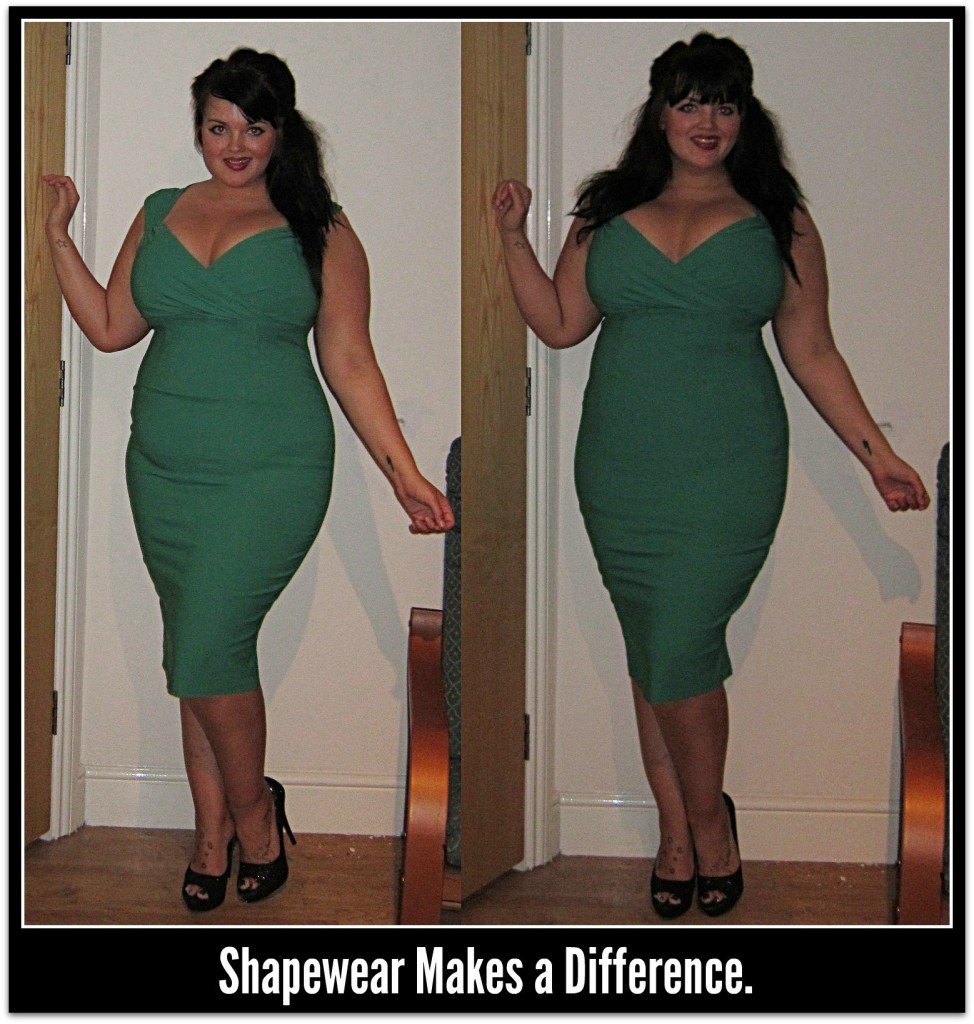

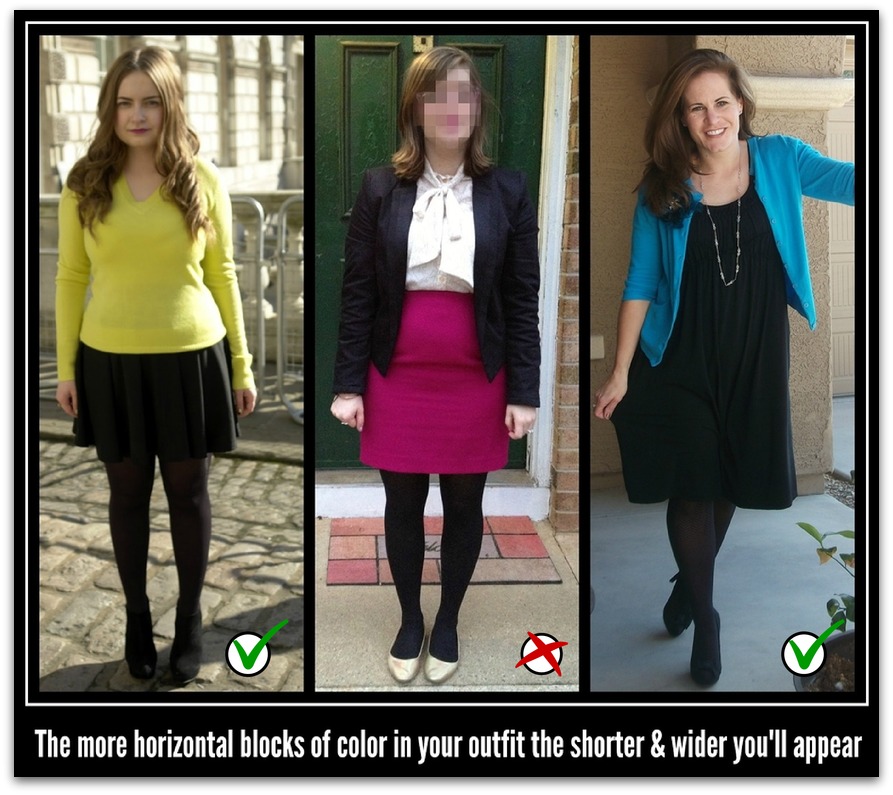



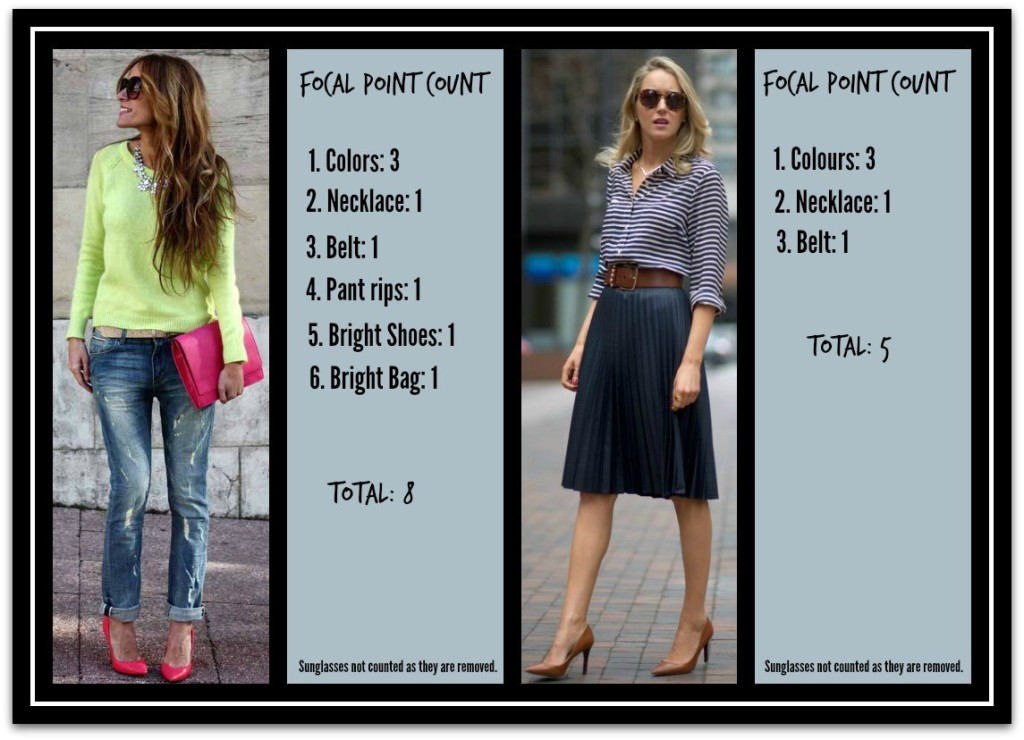
Recent Comments